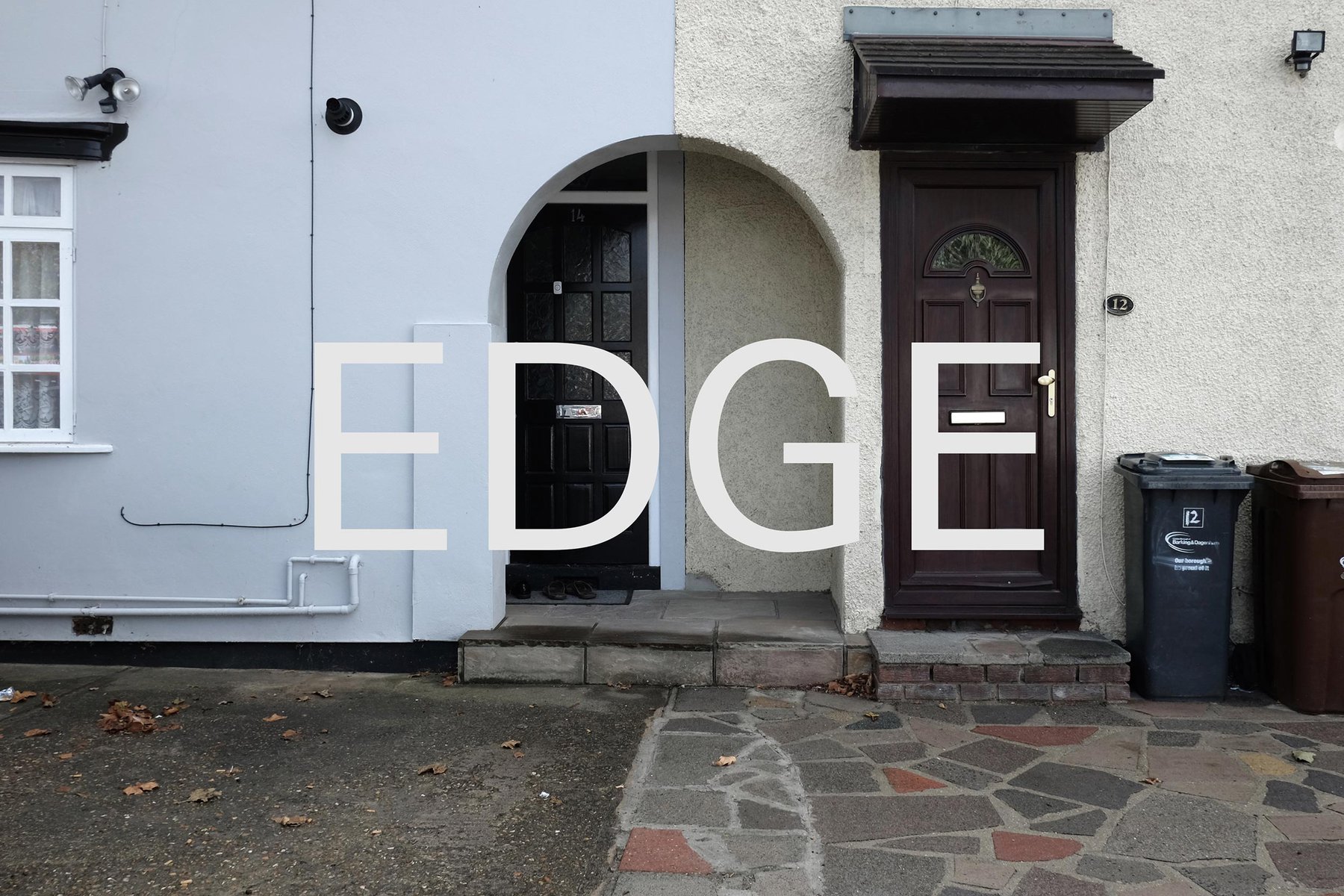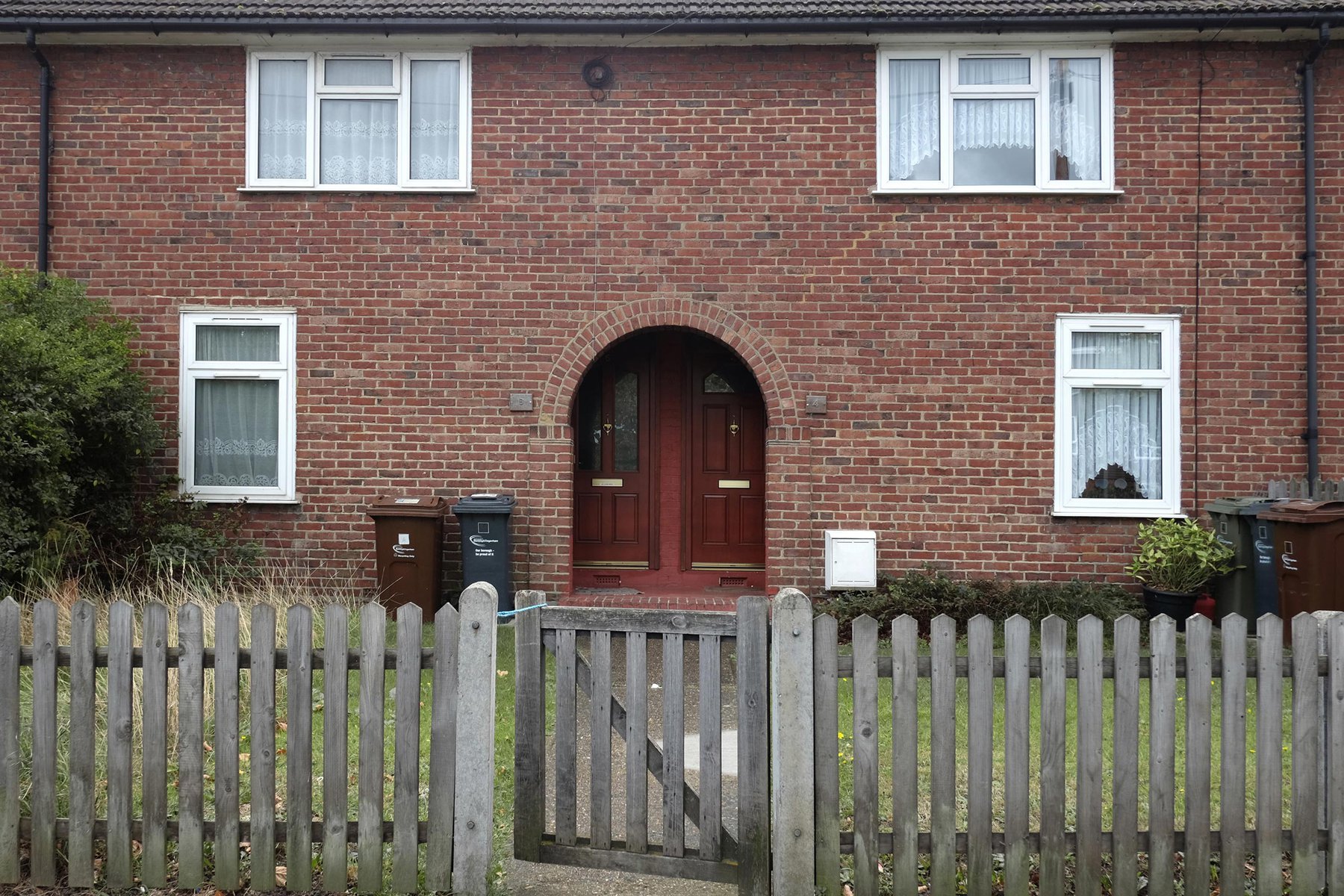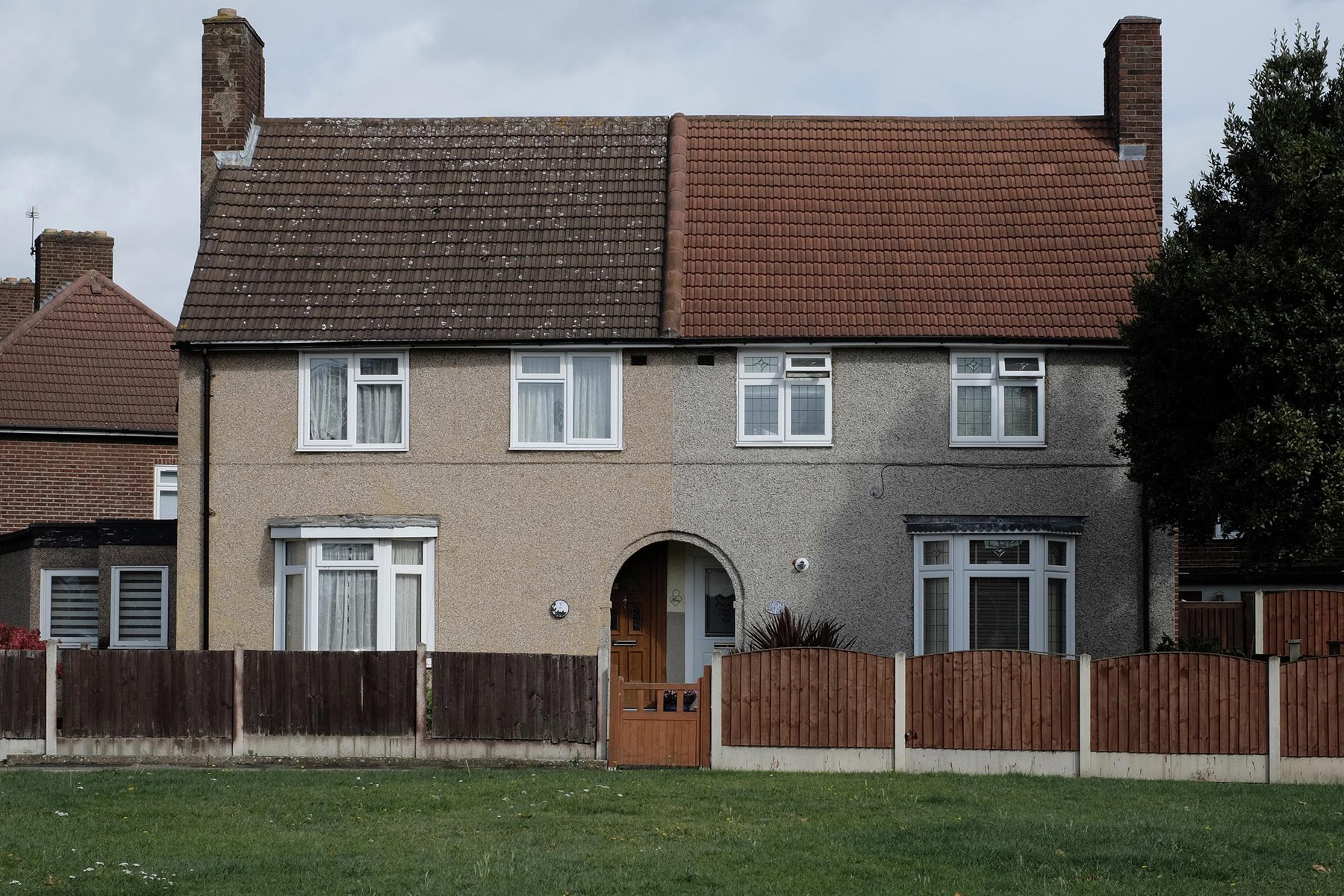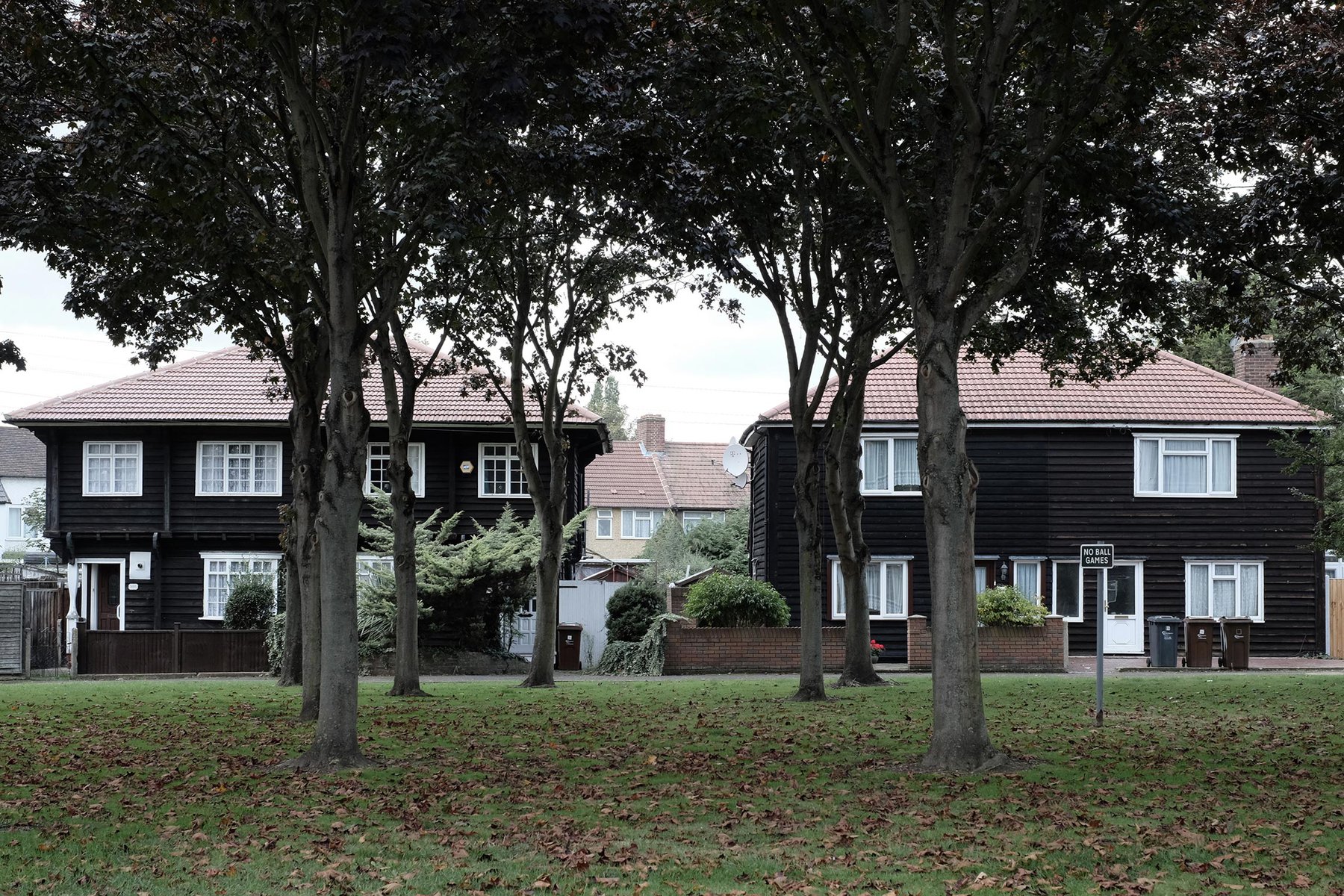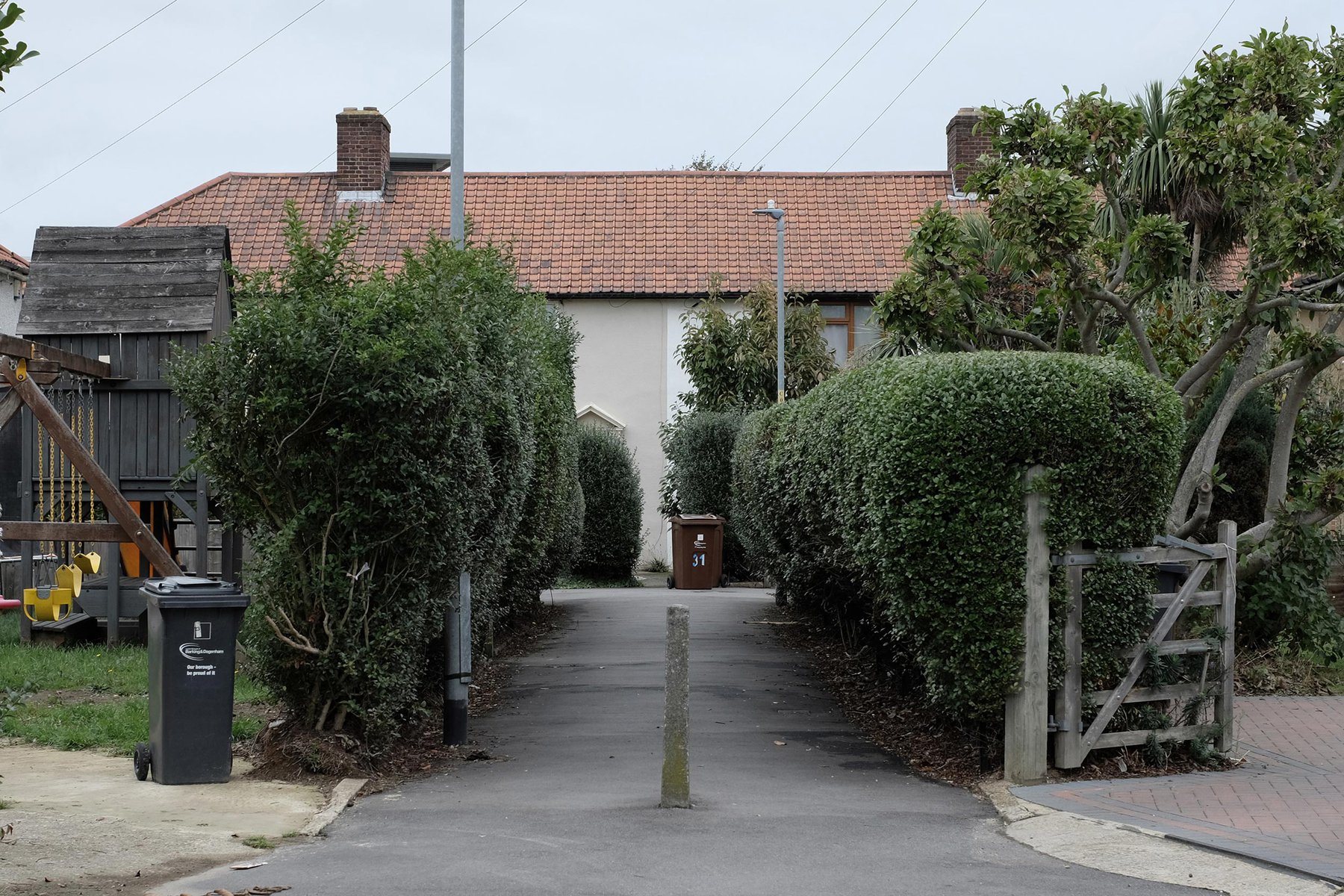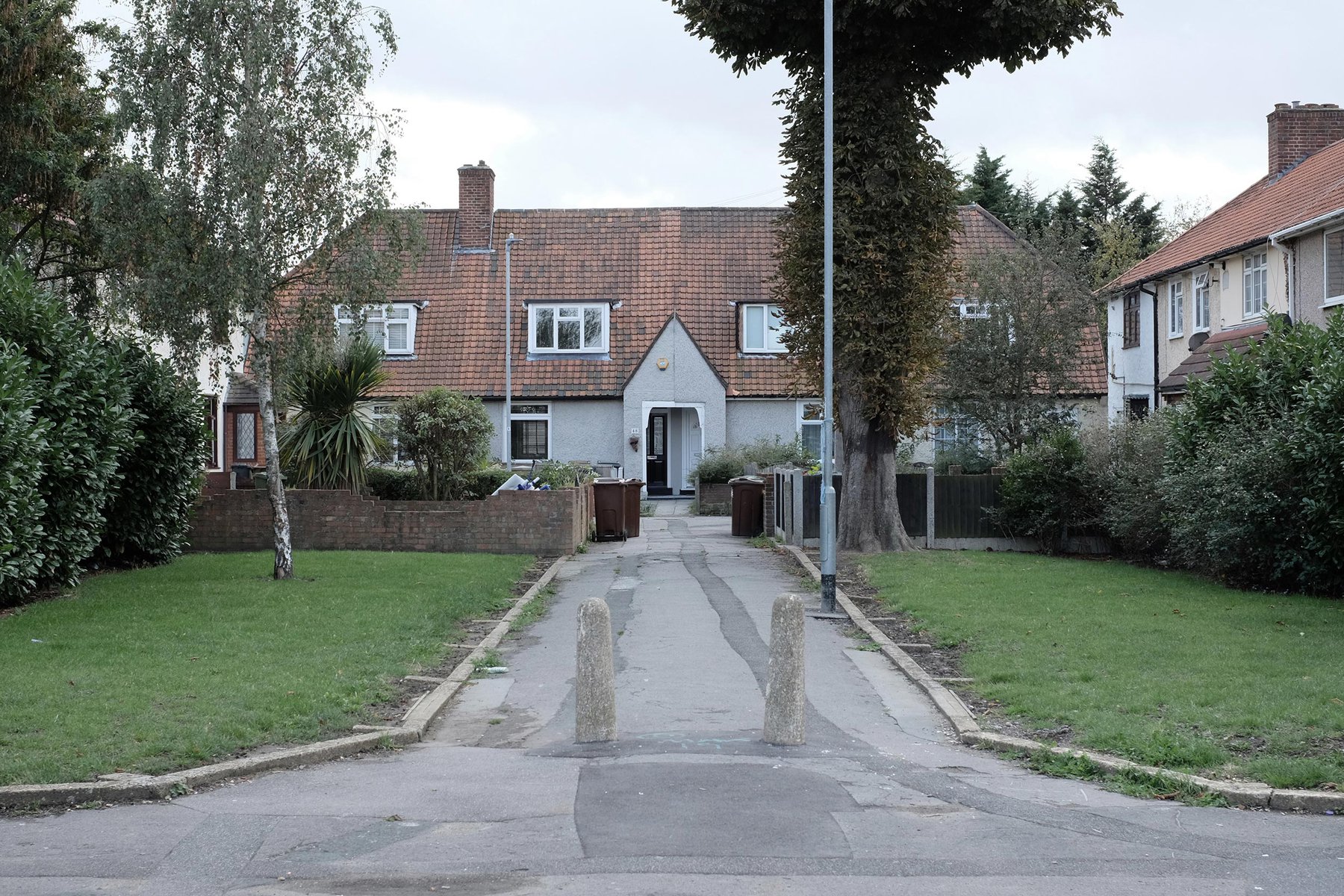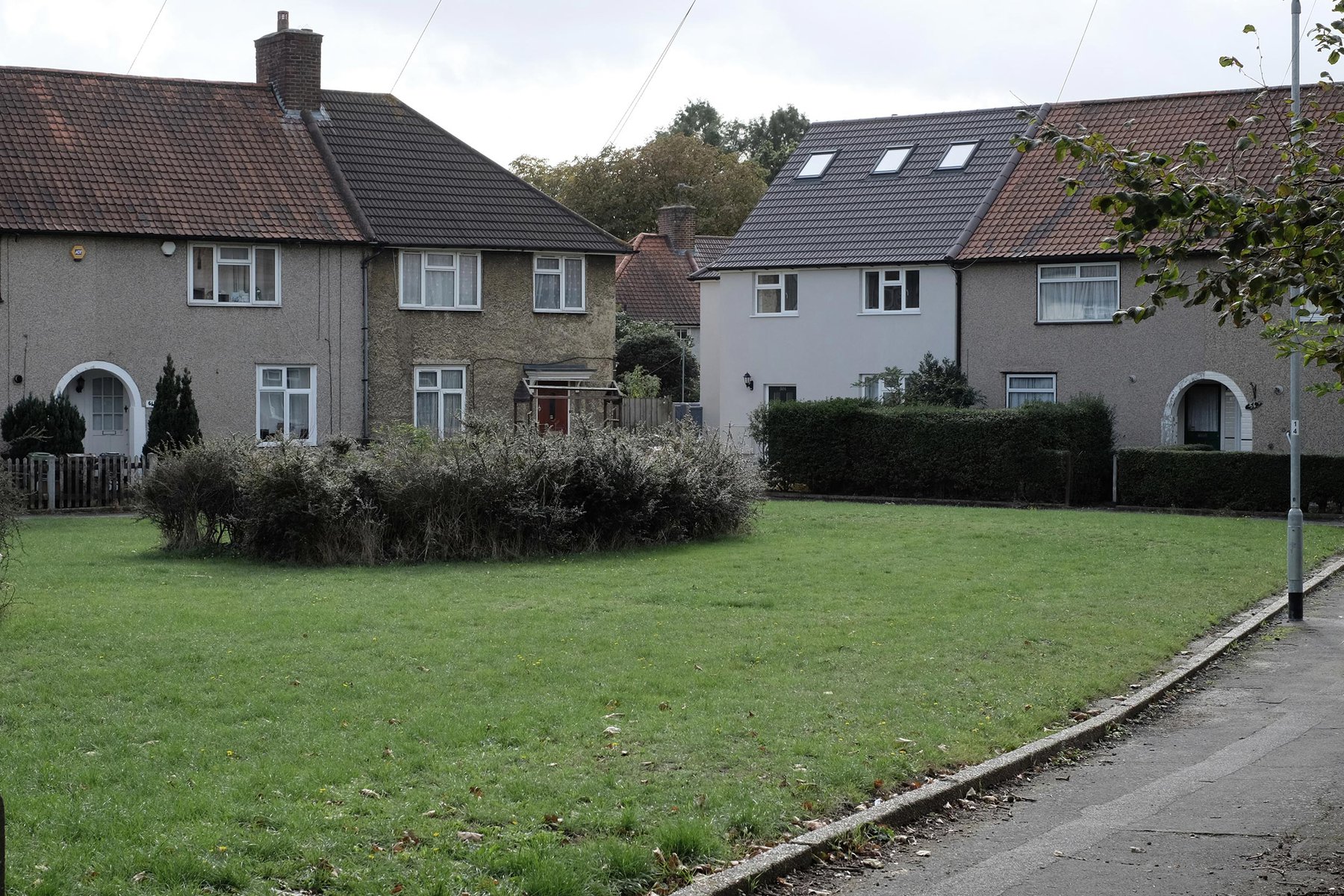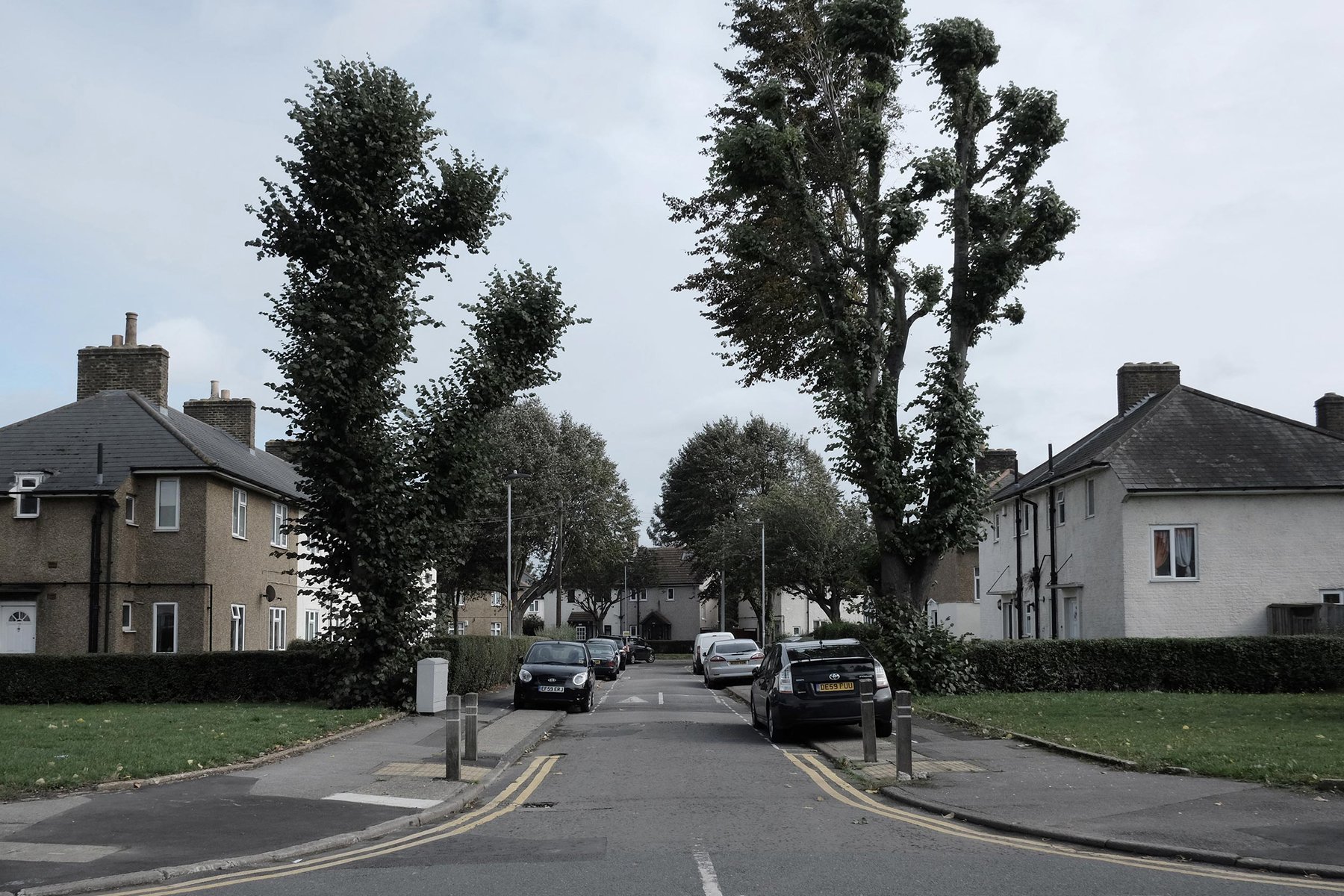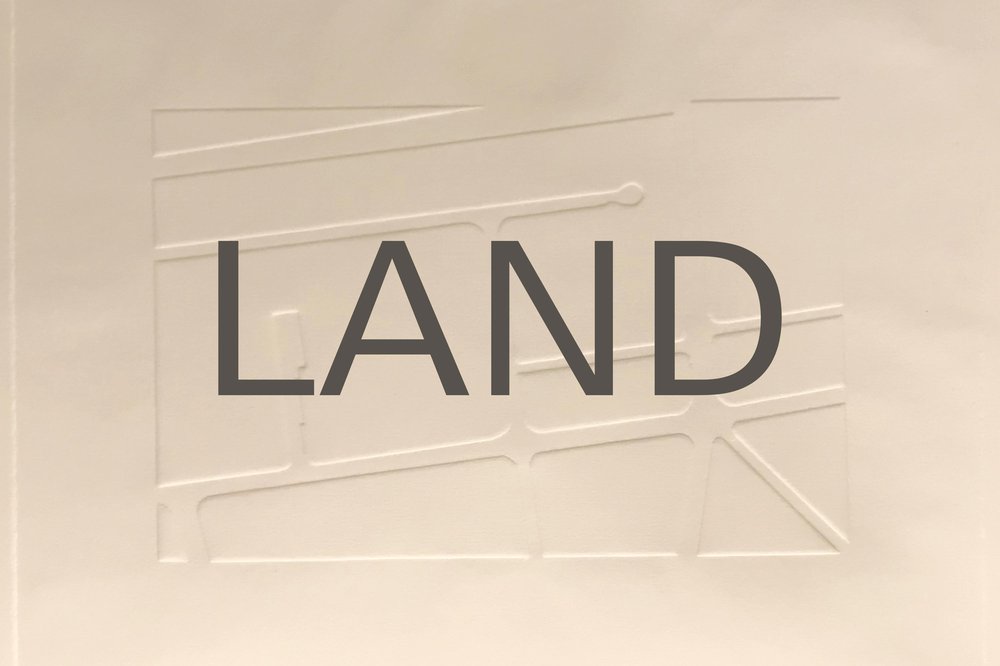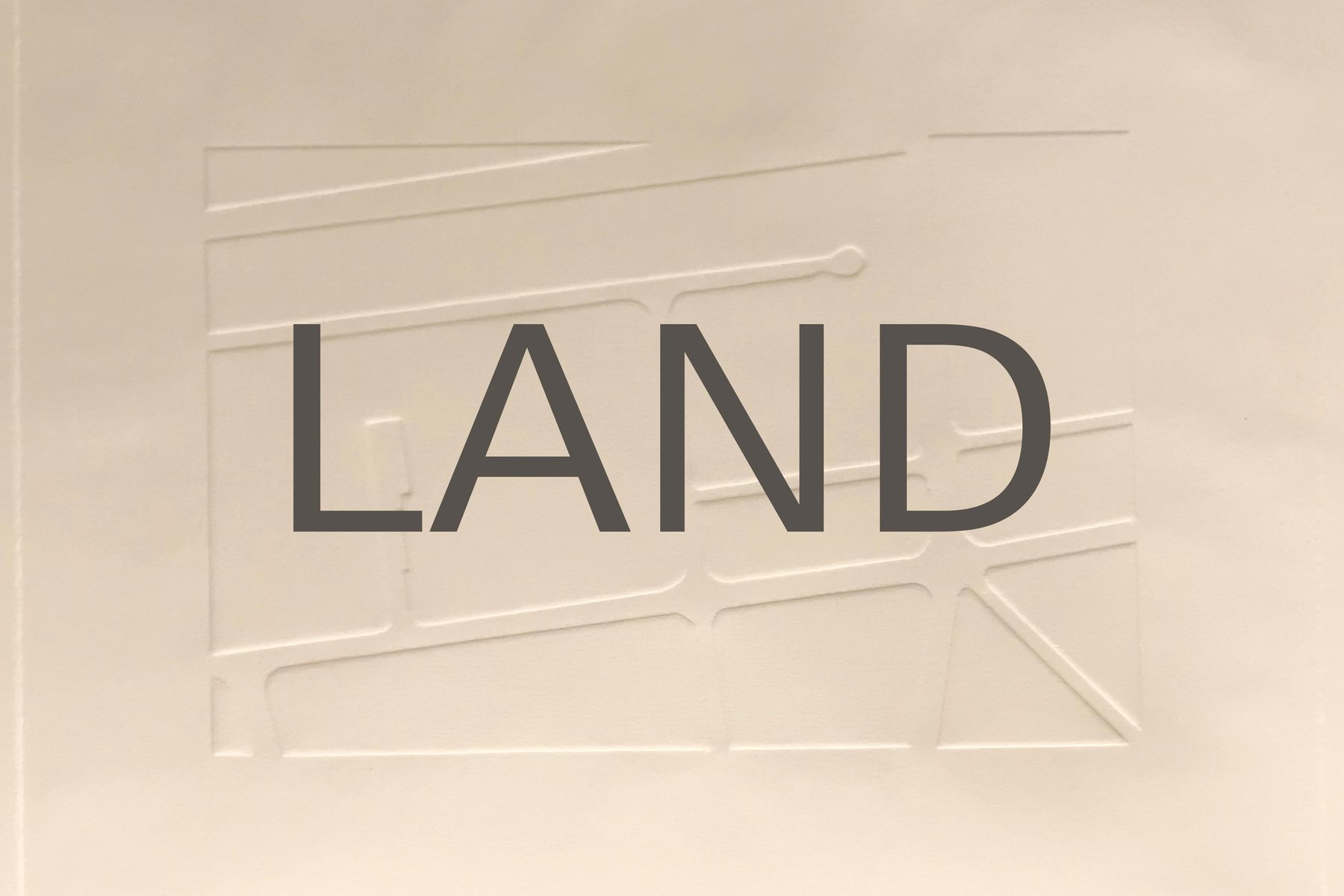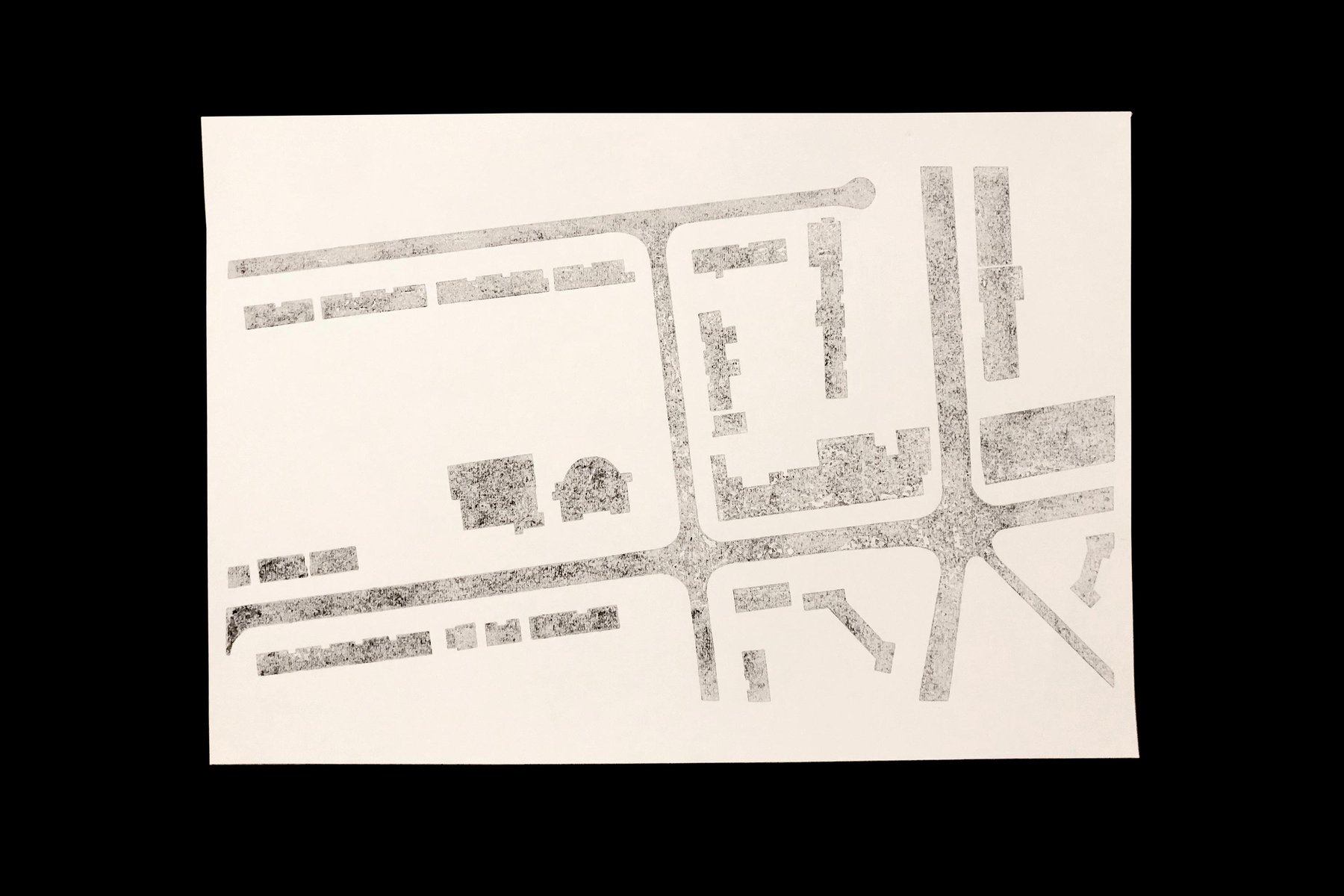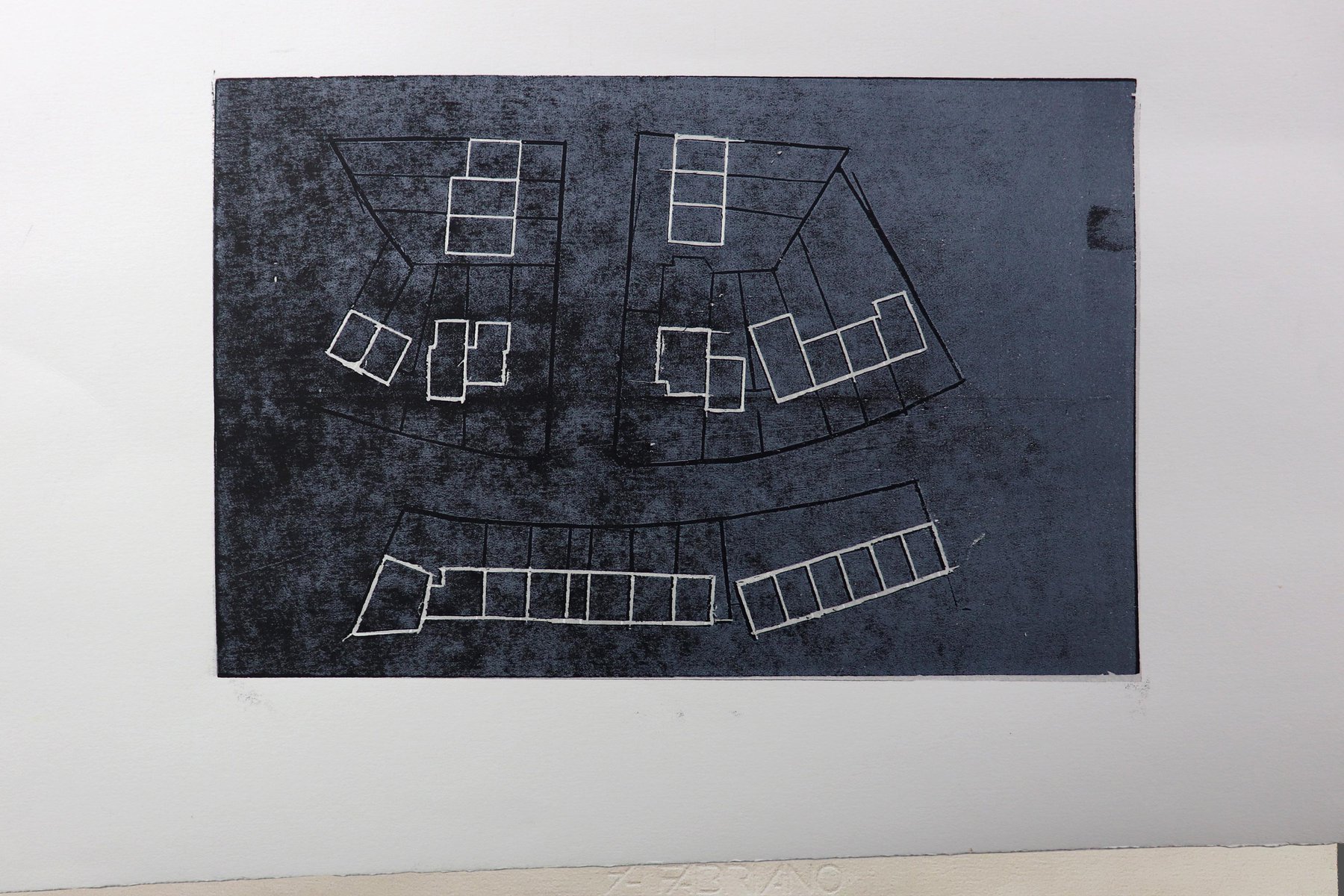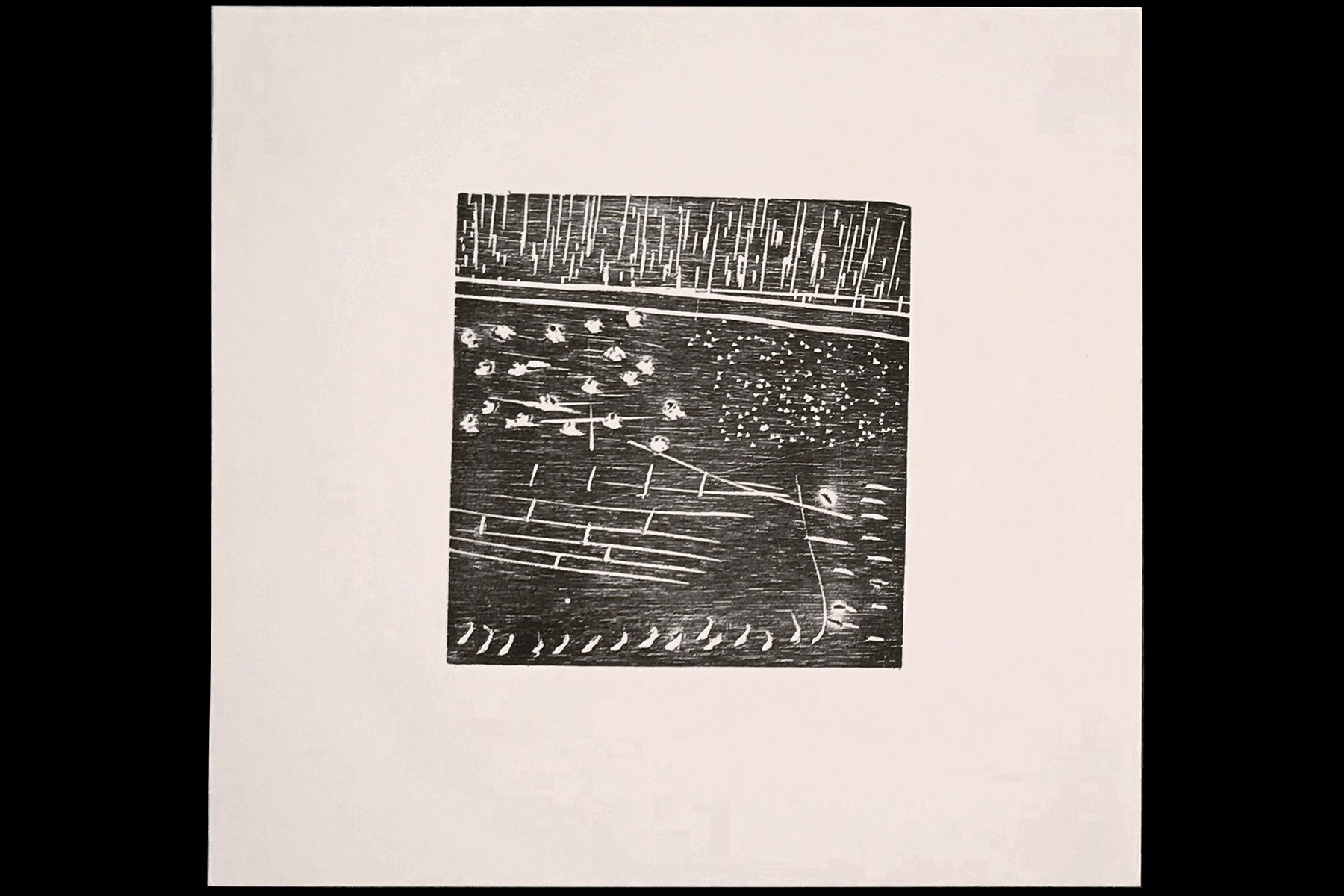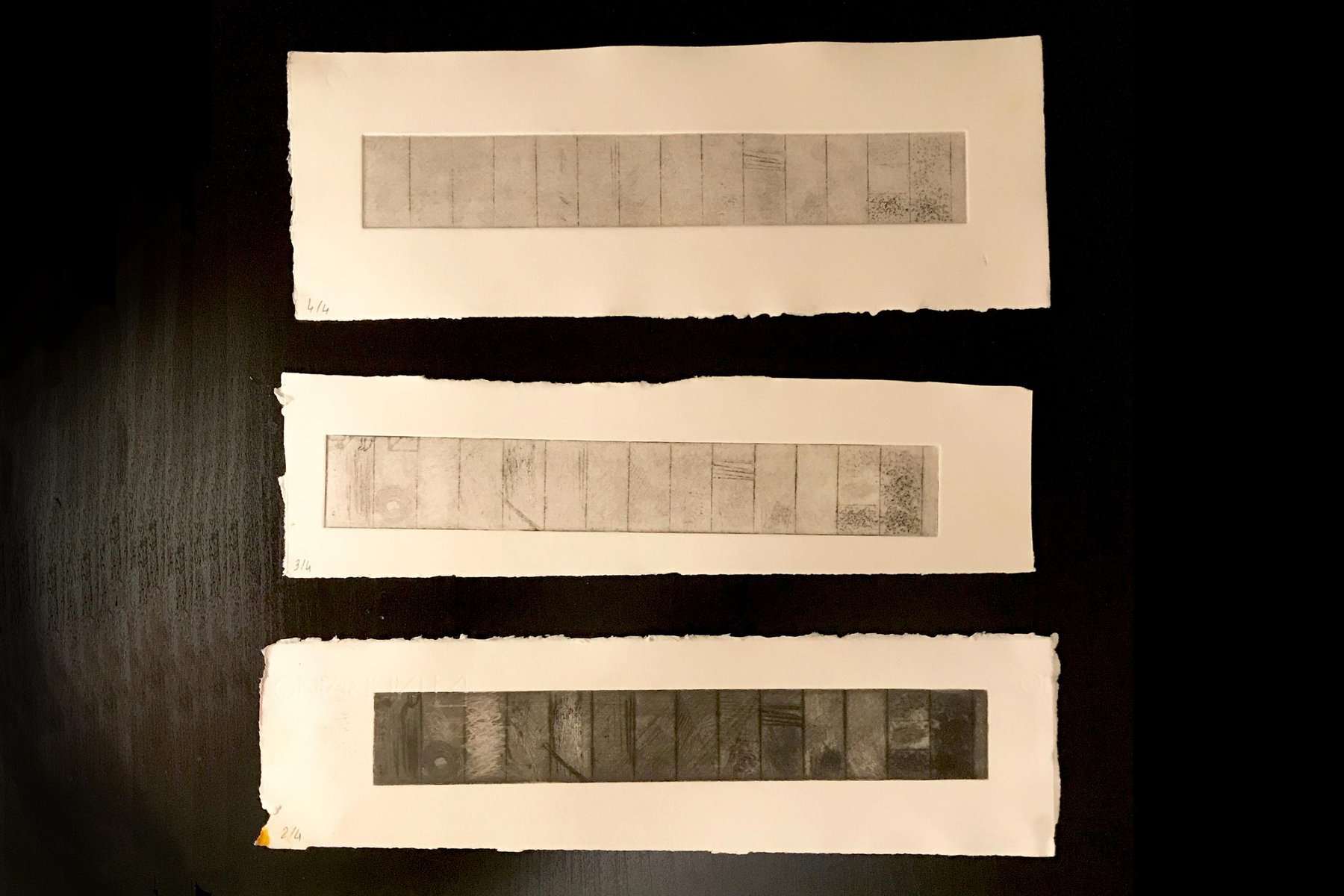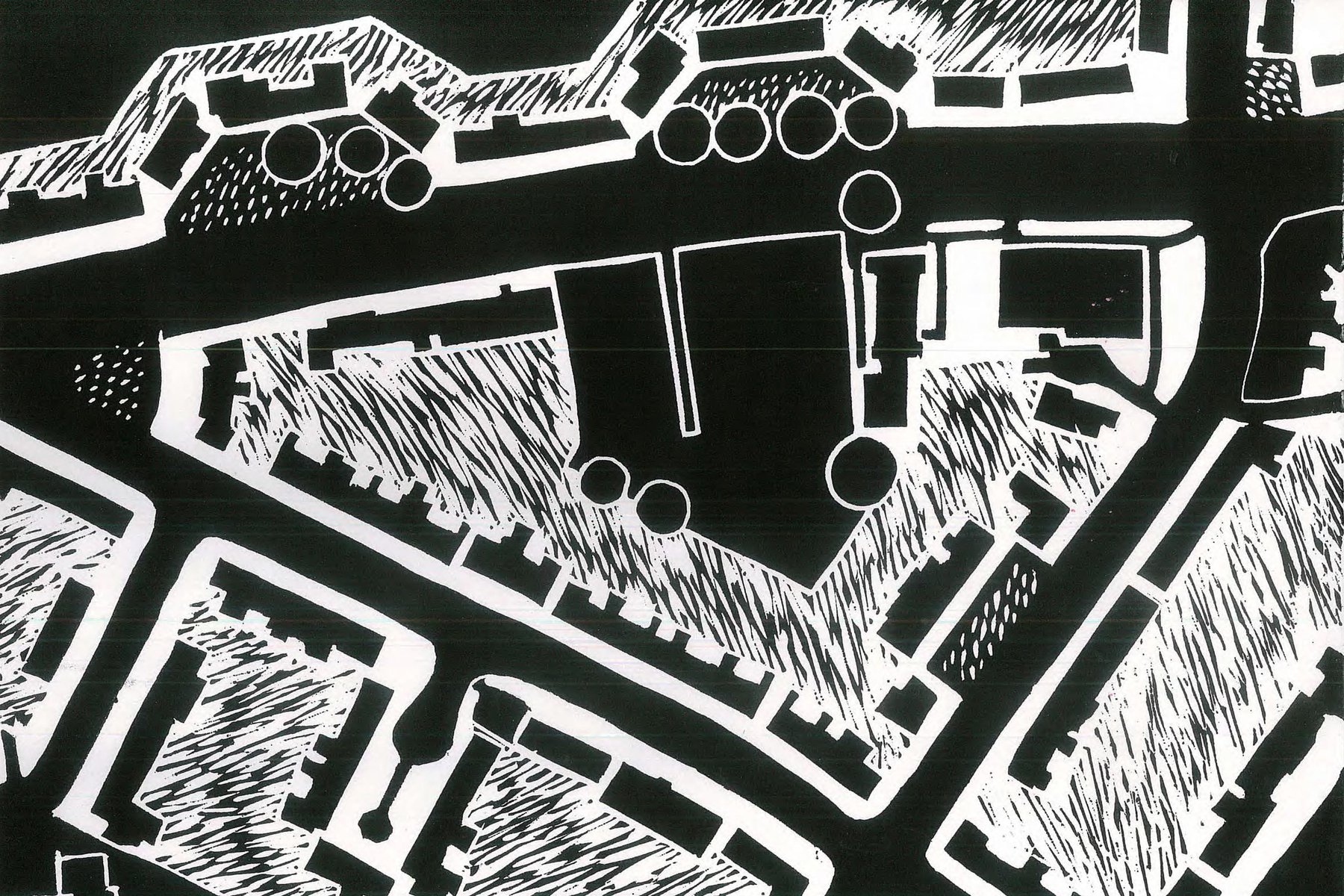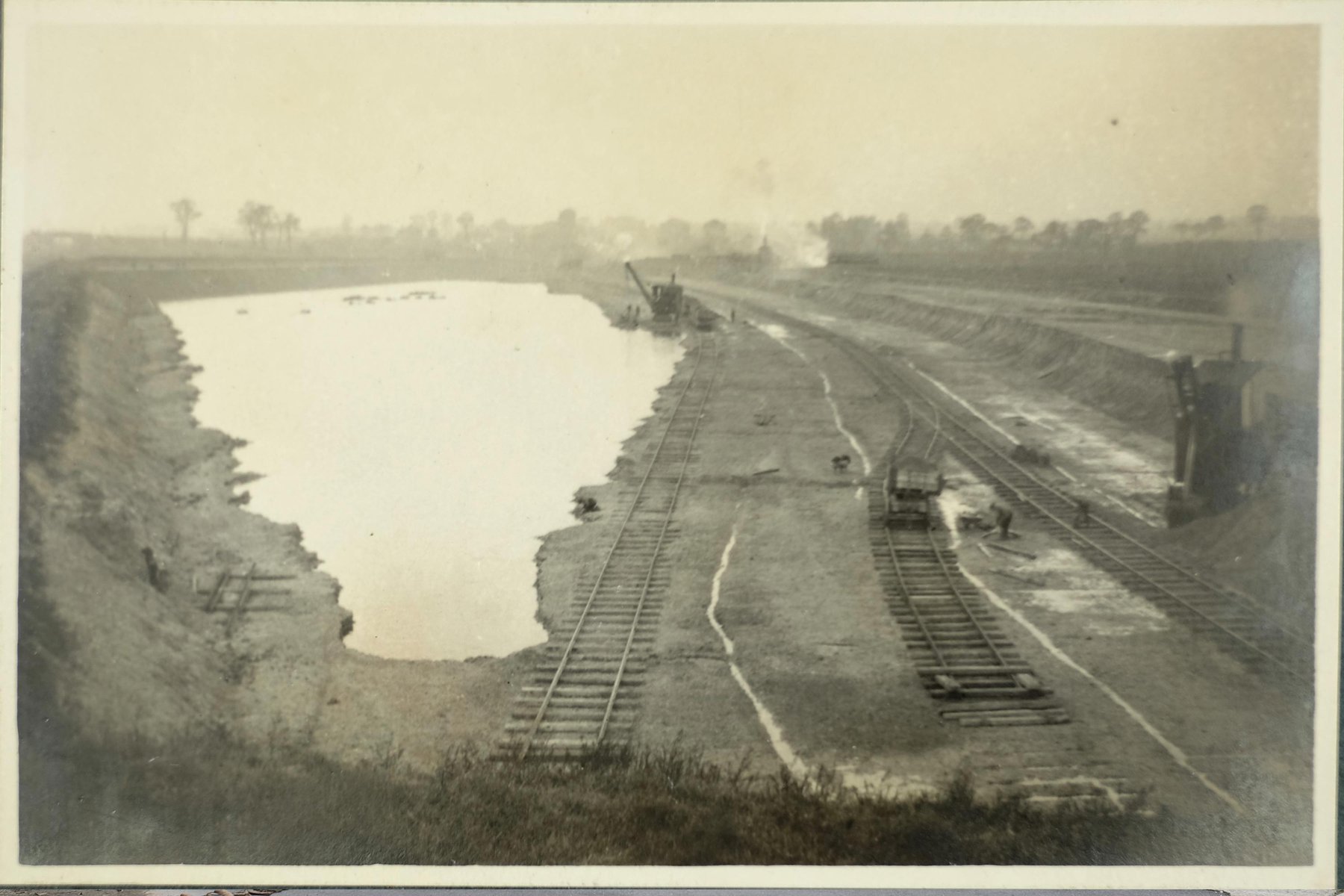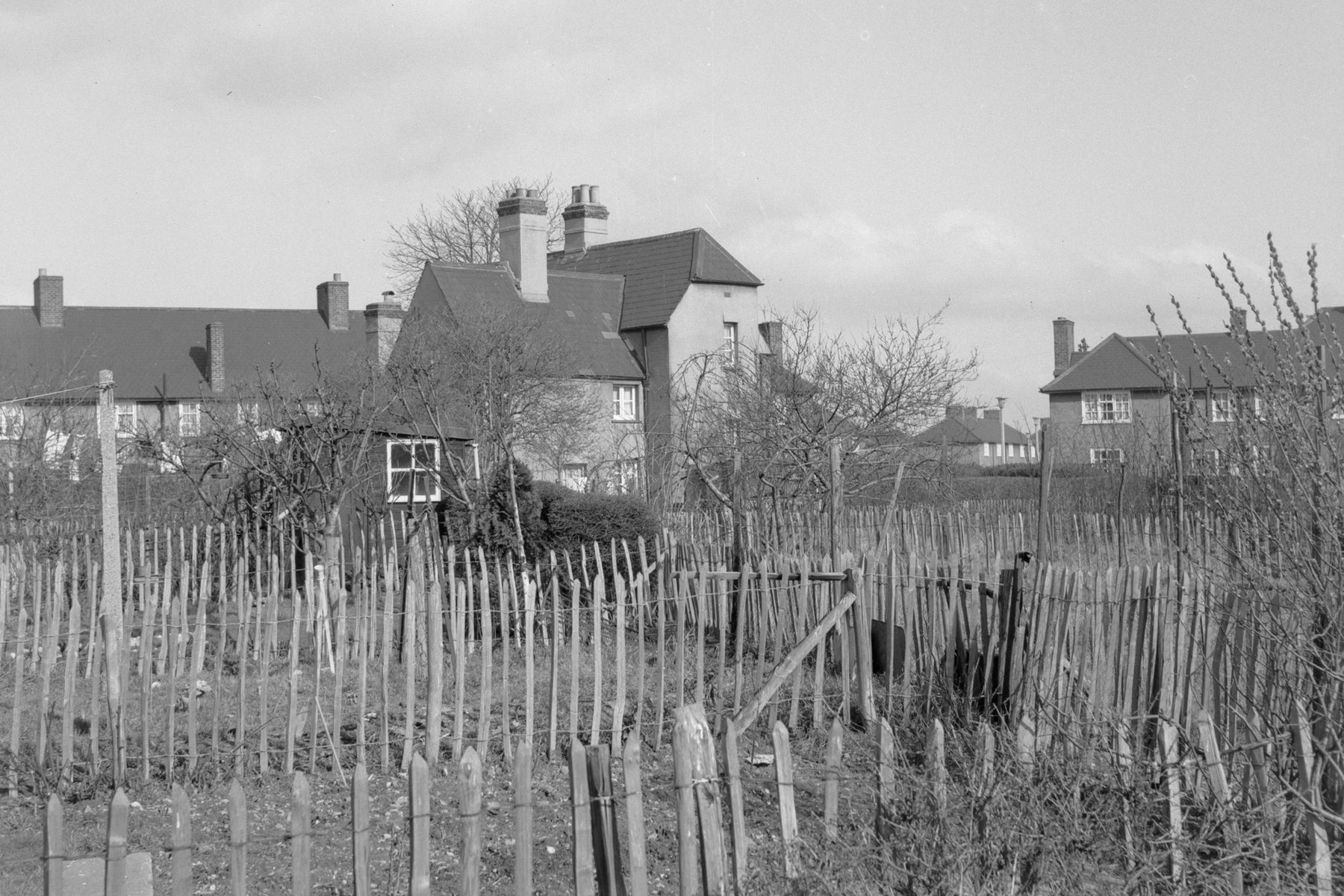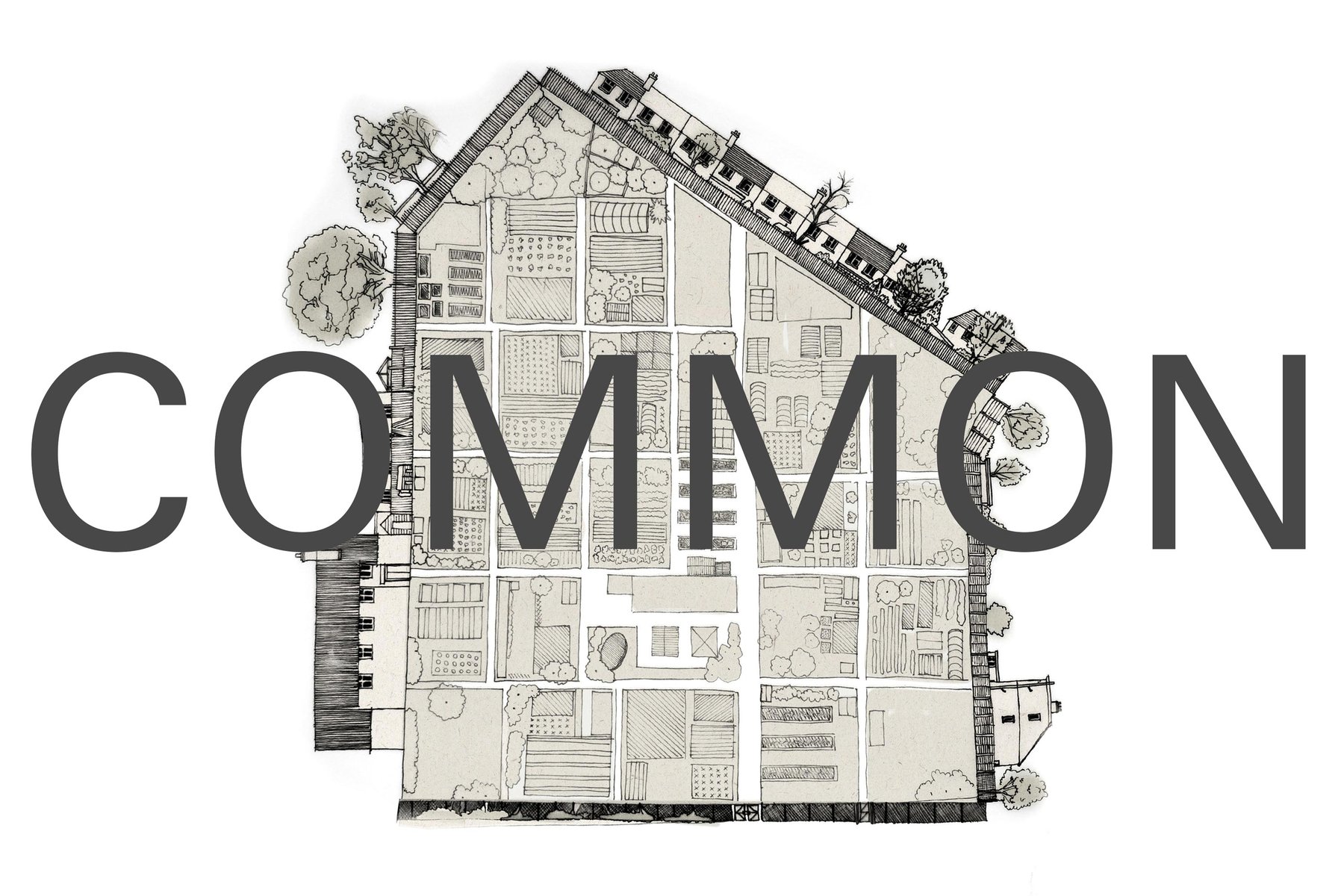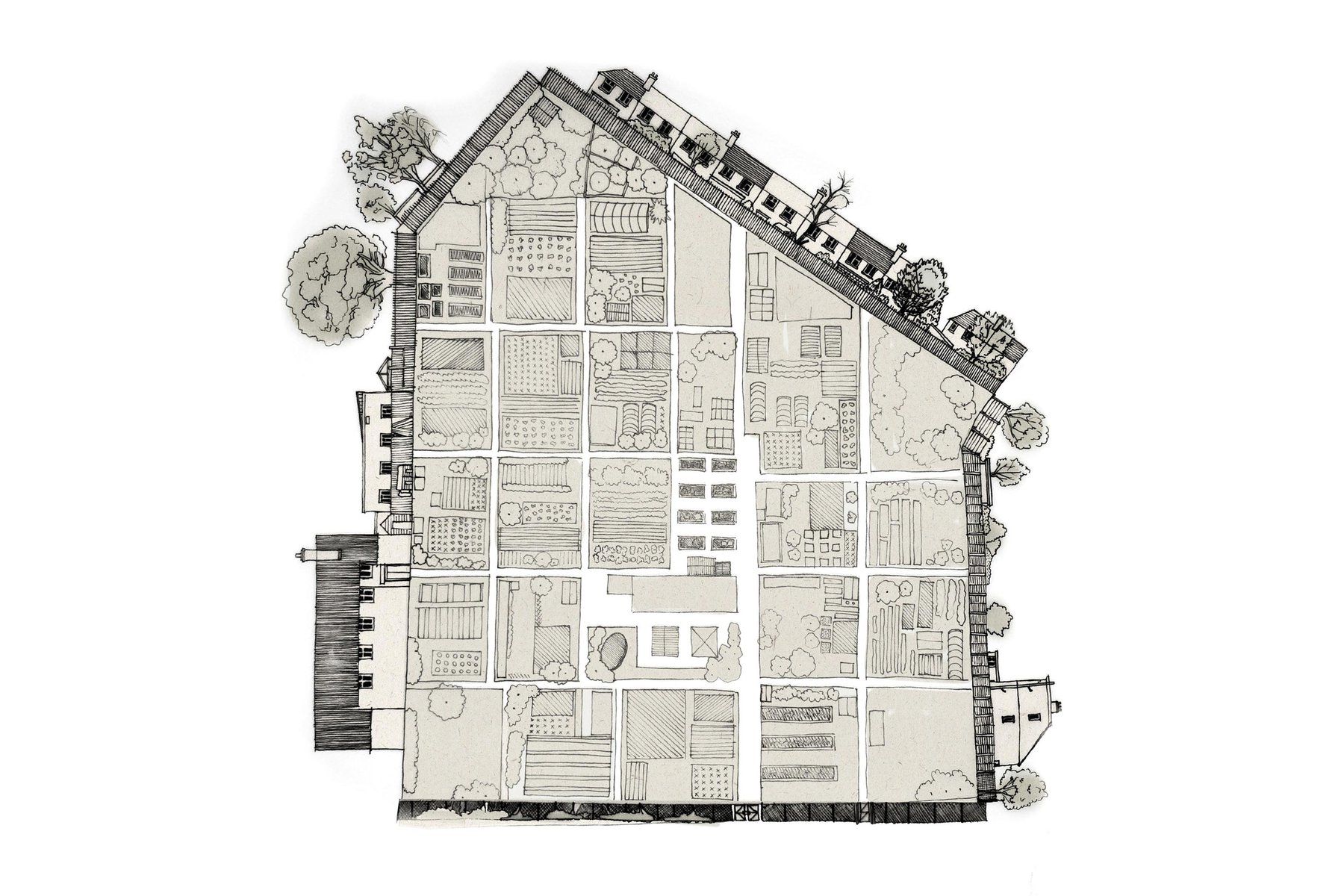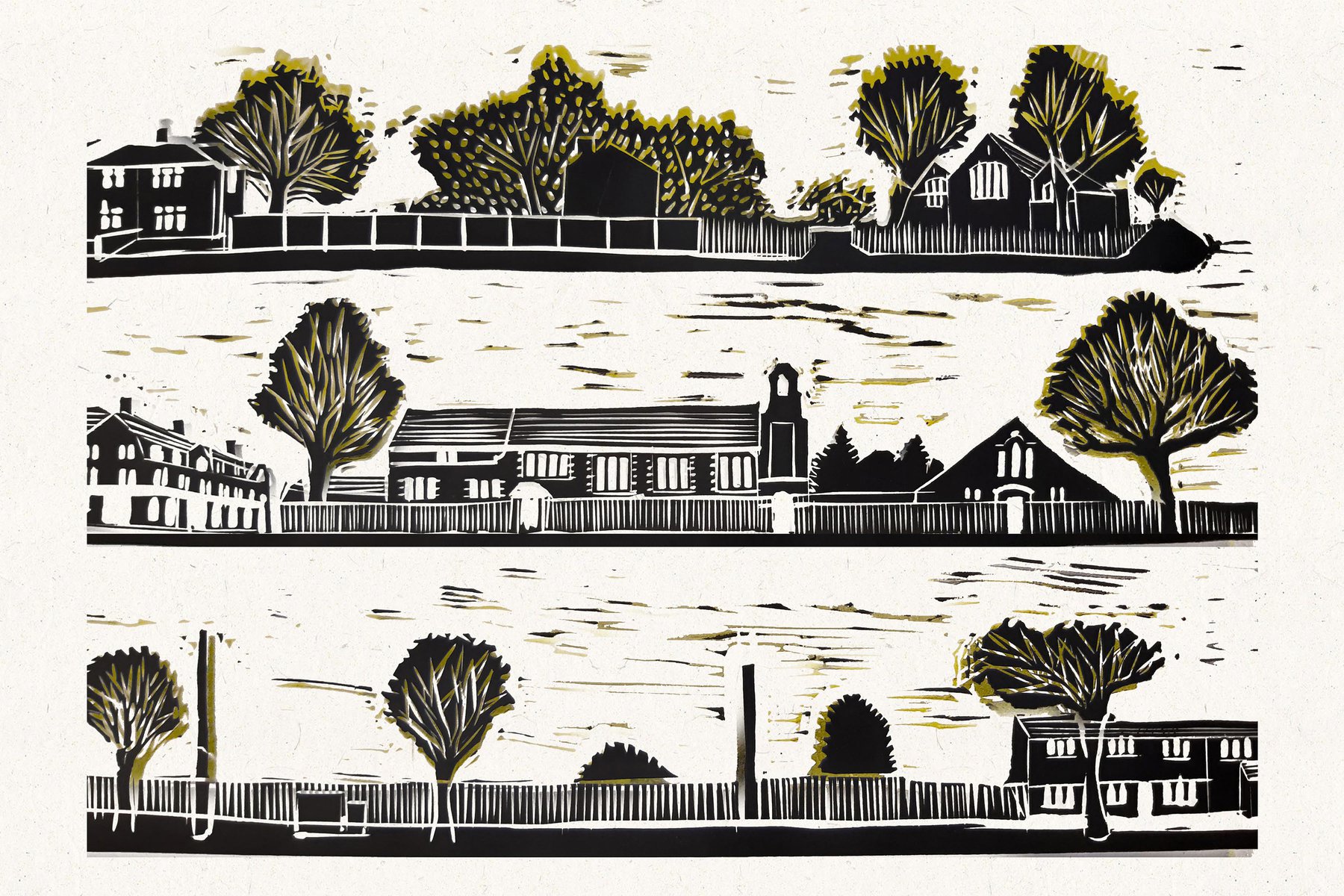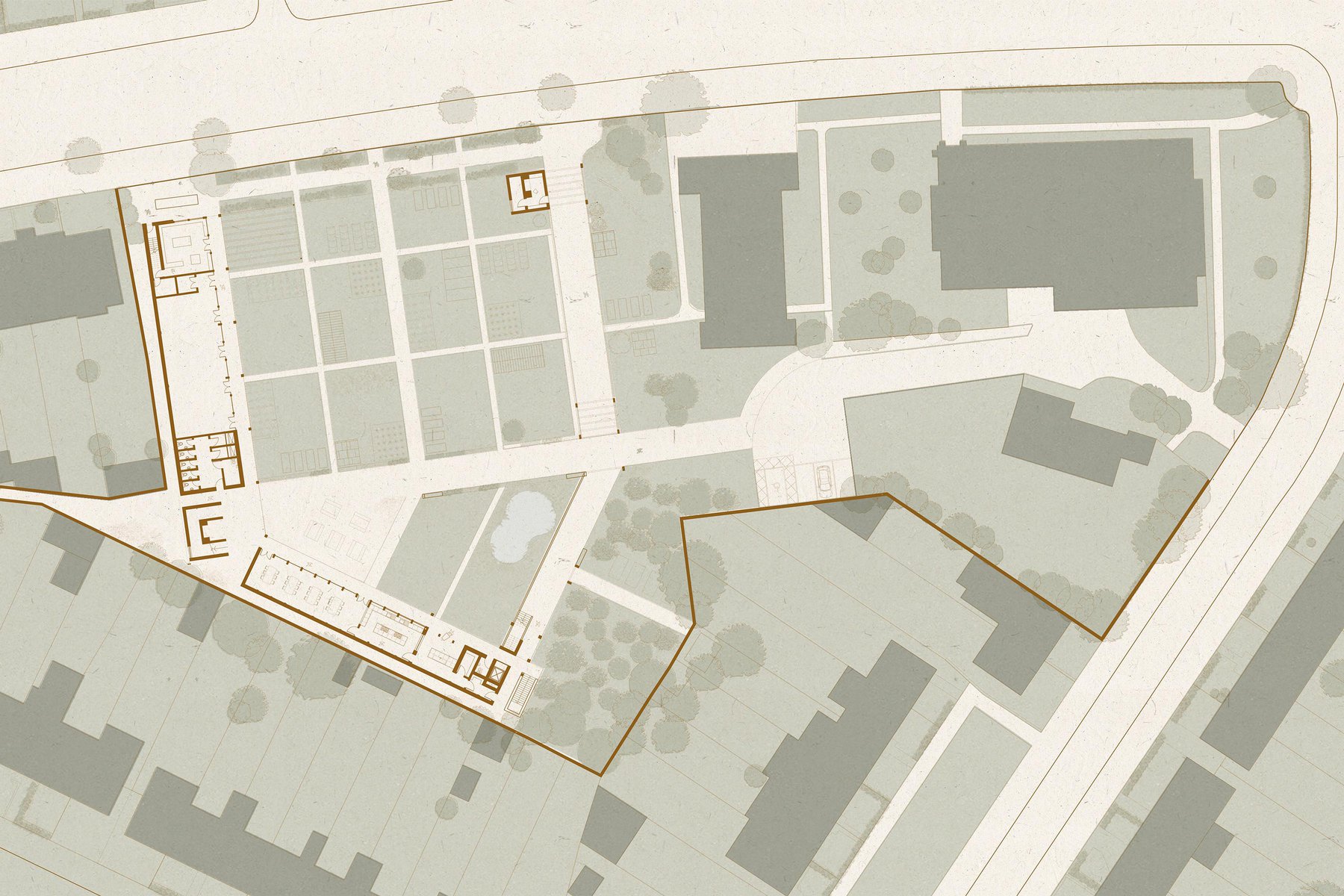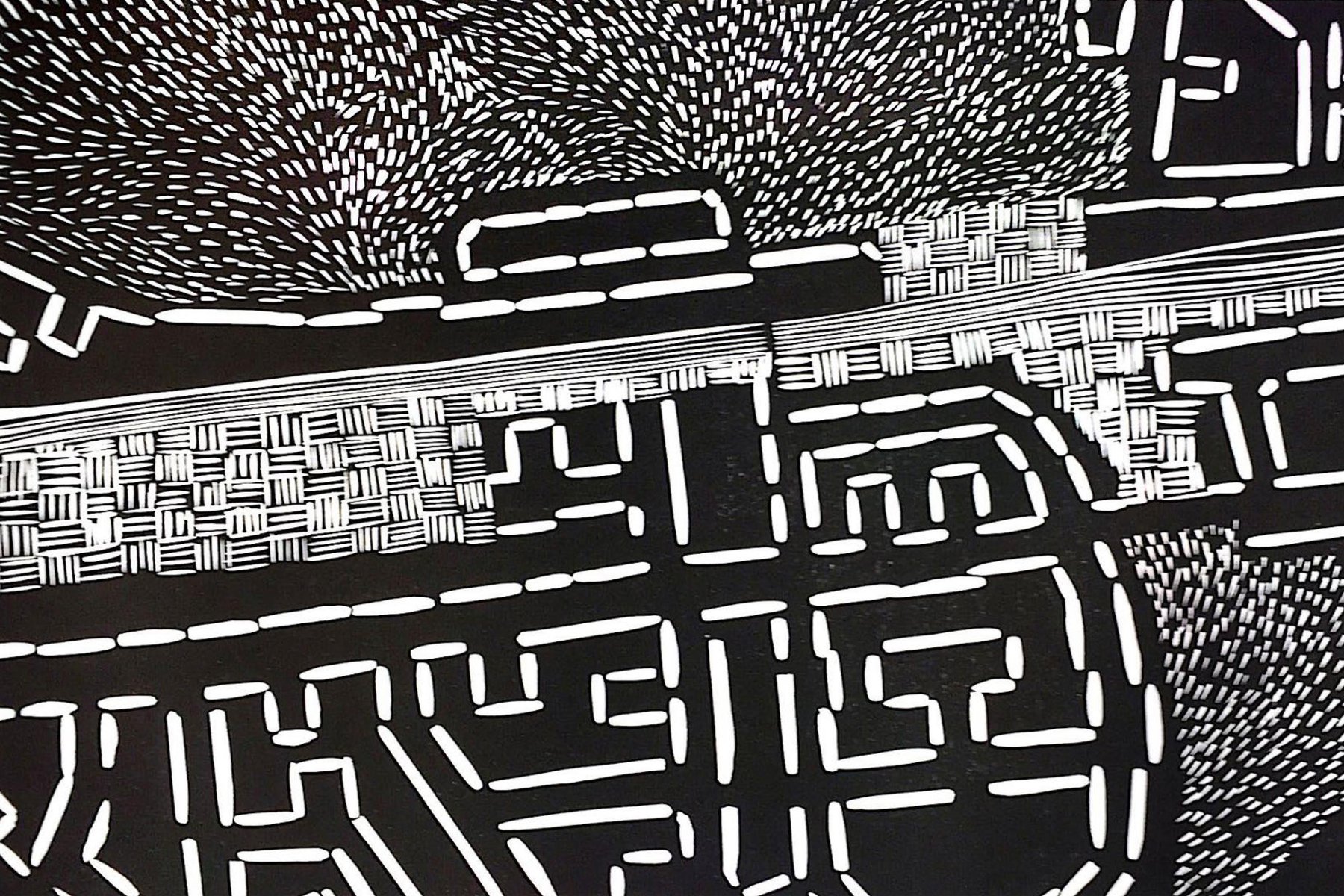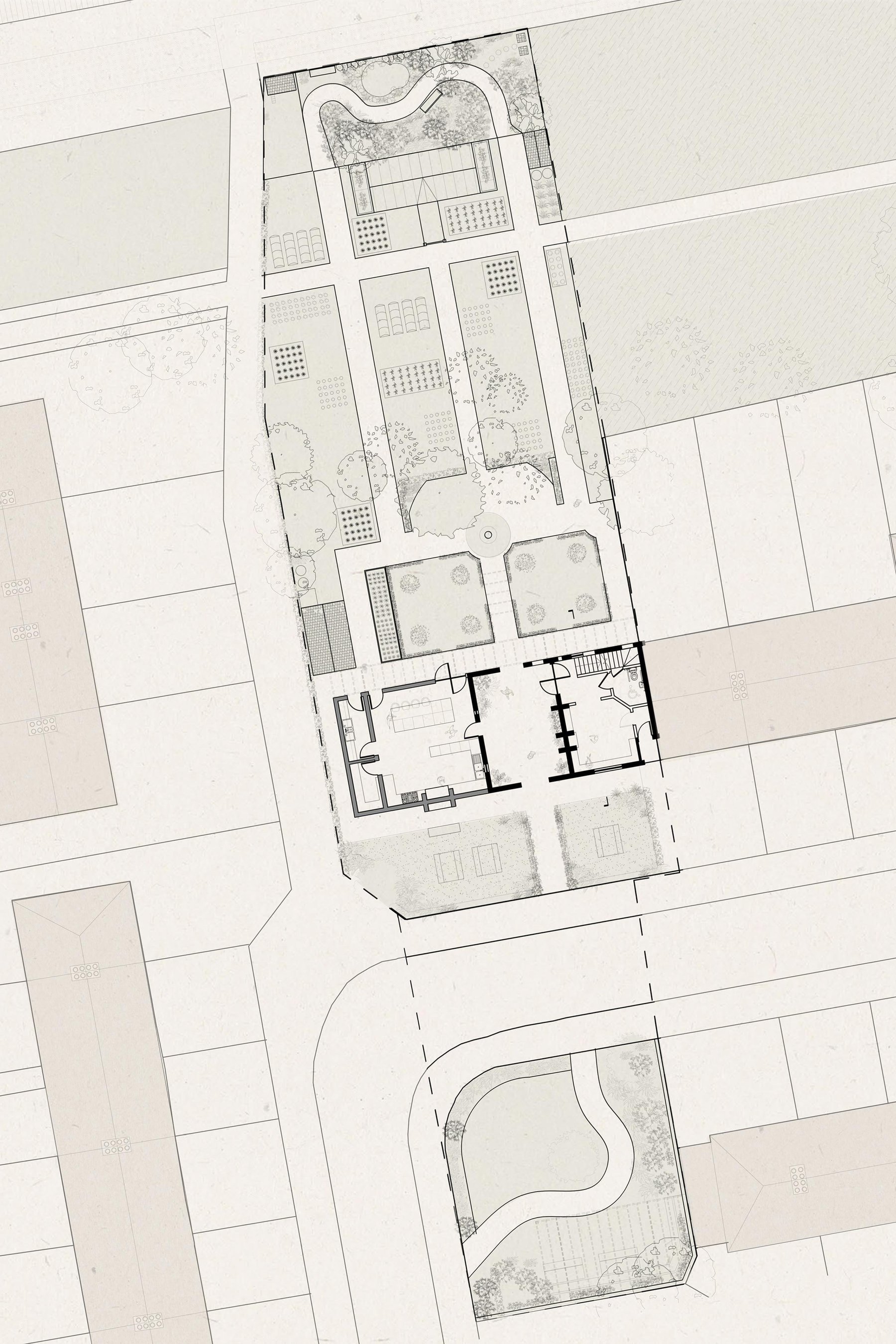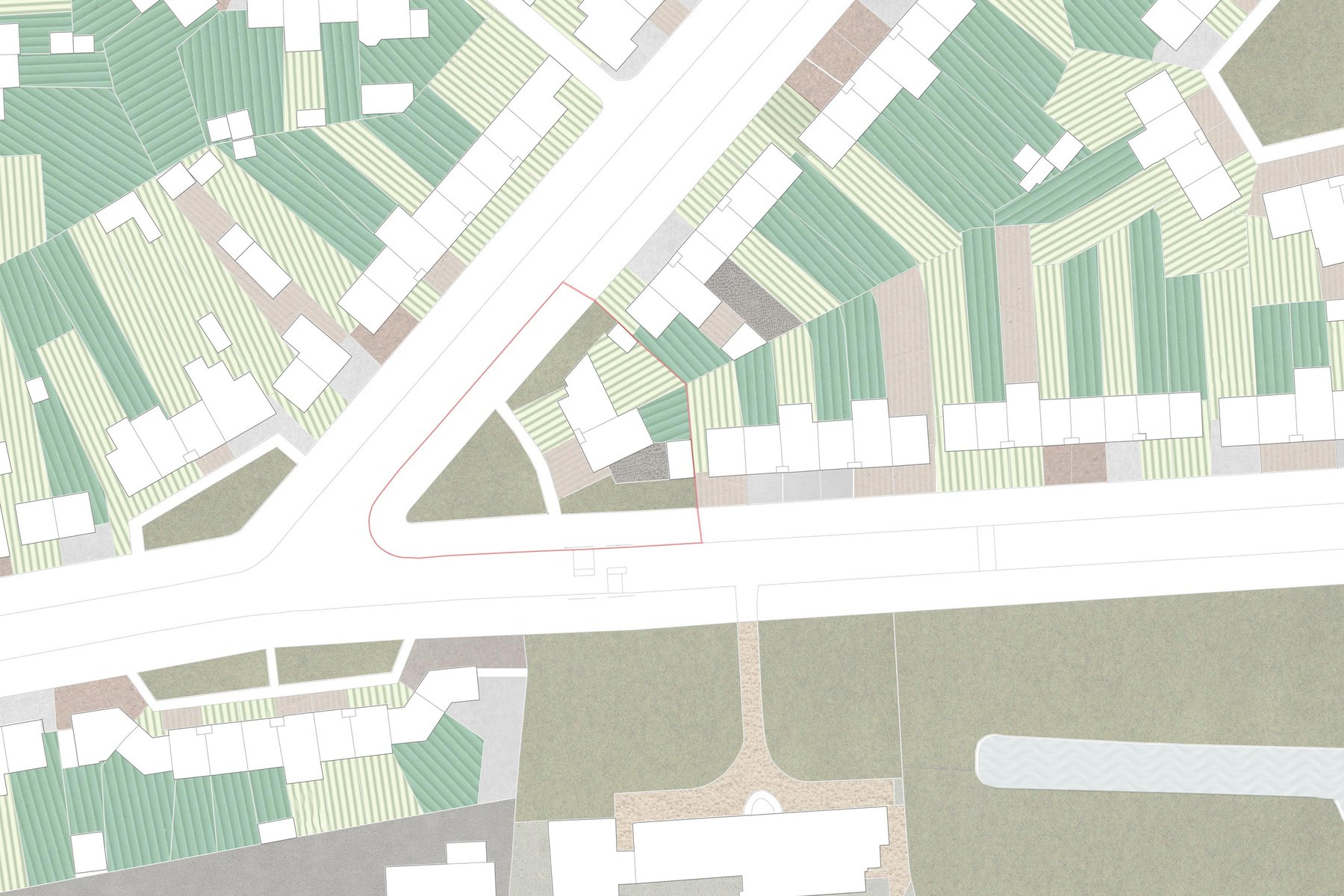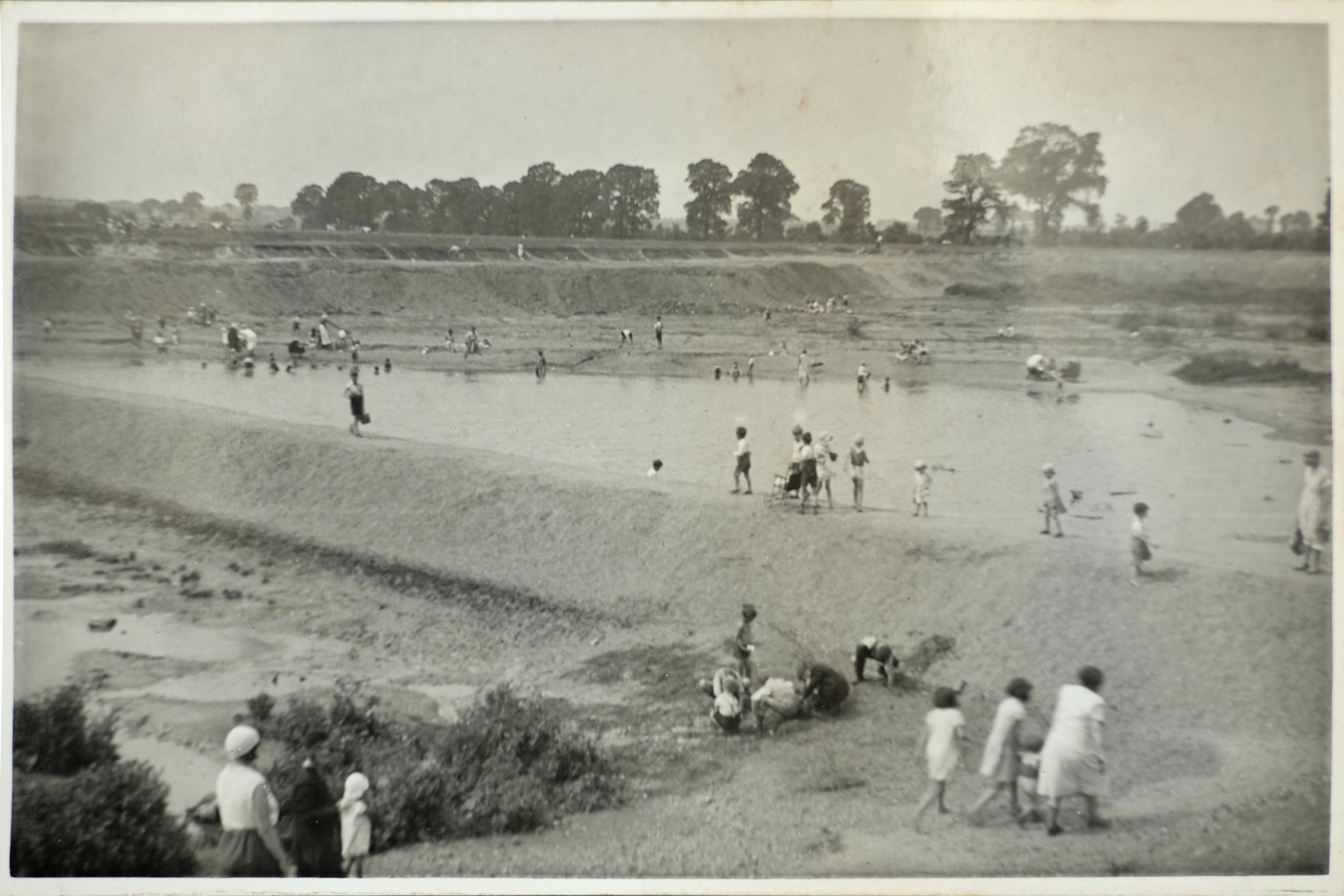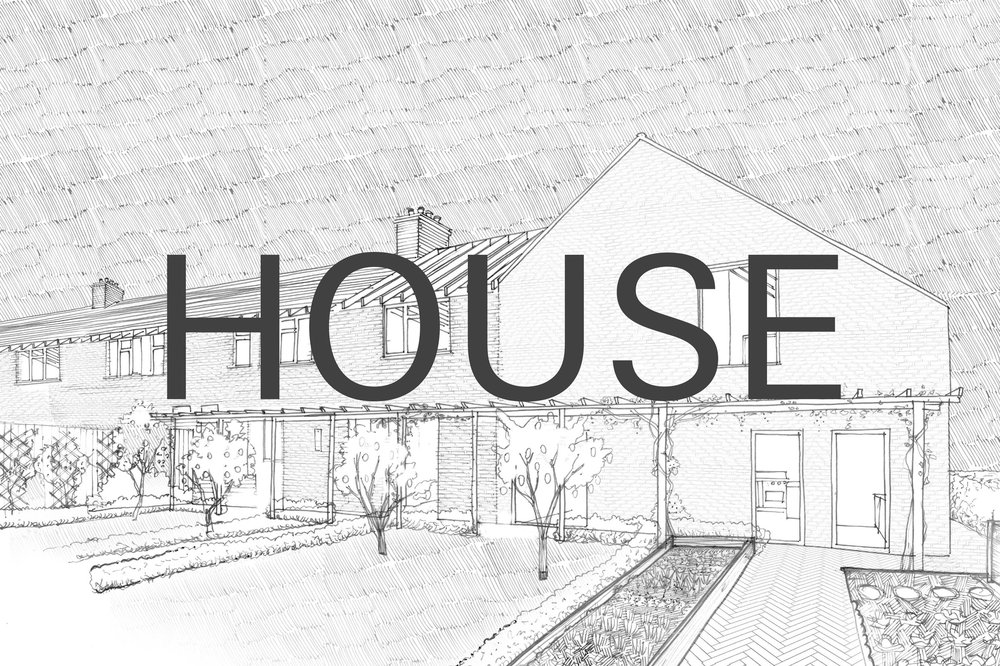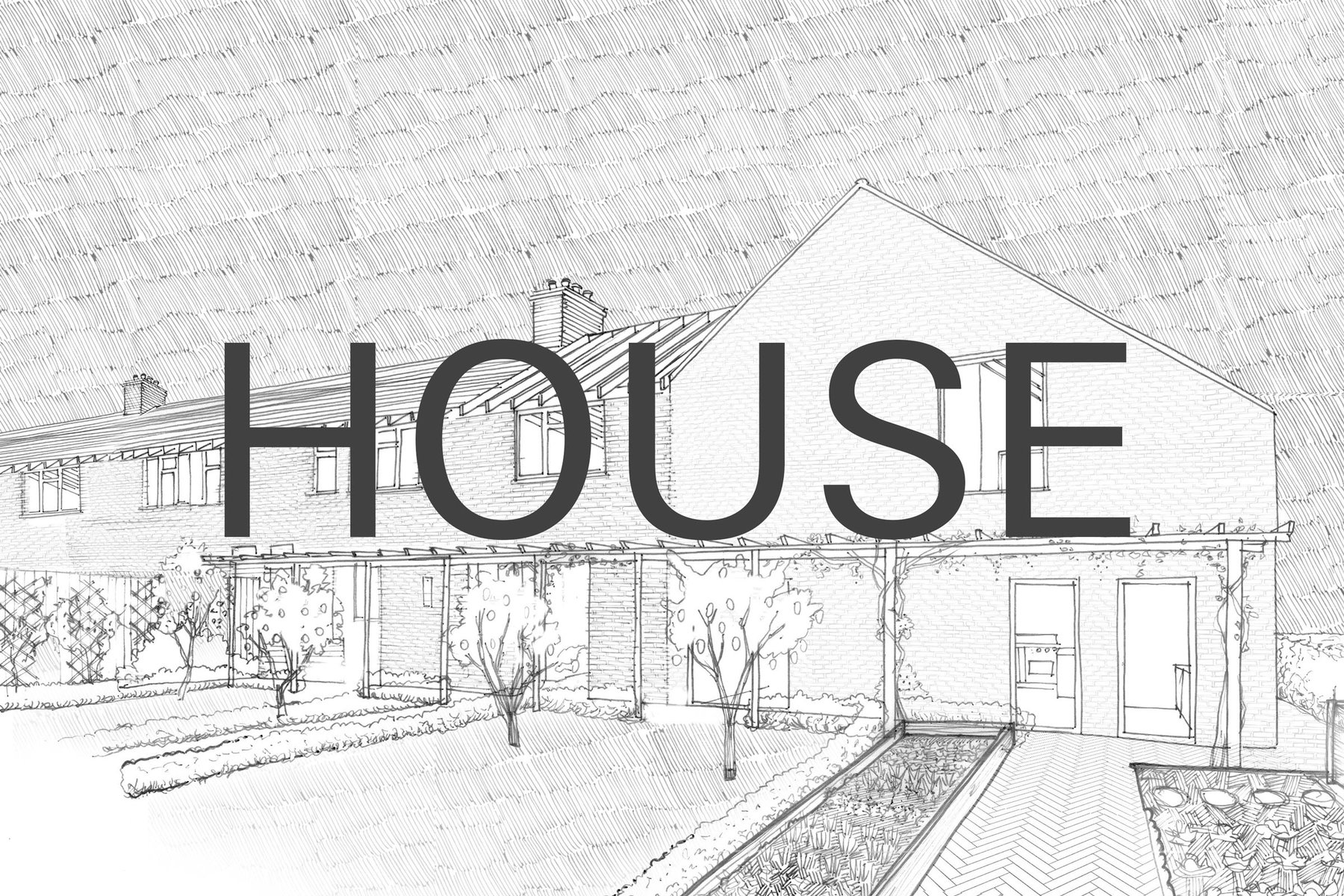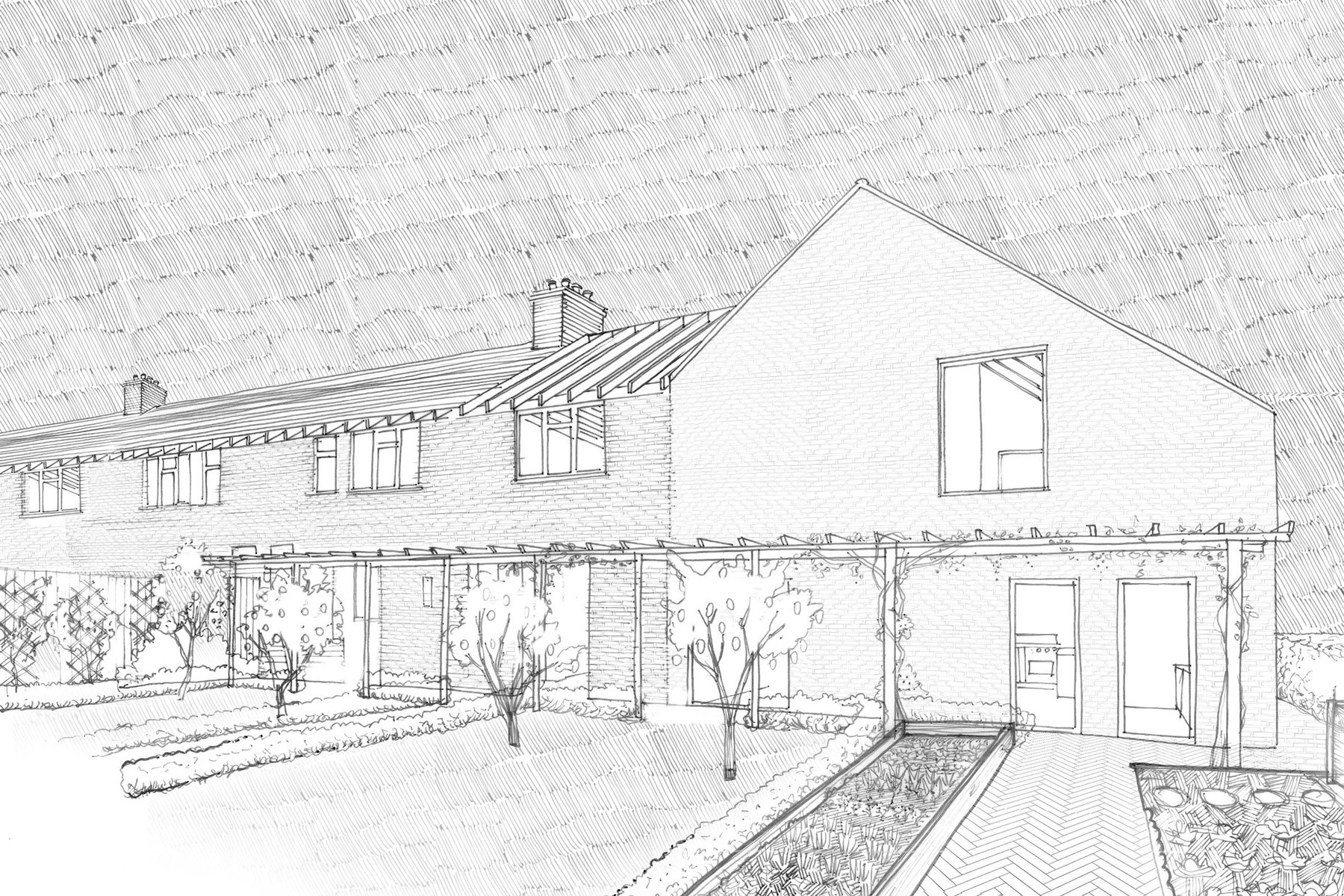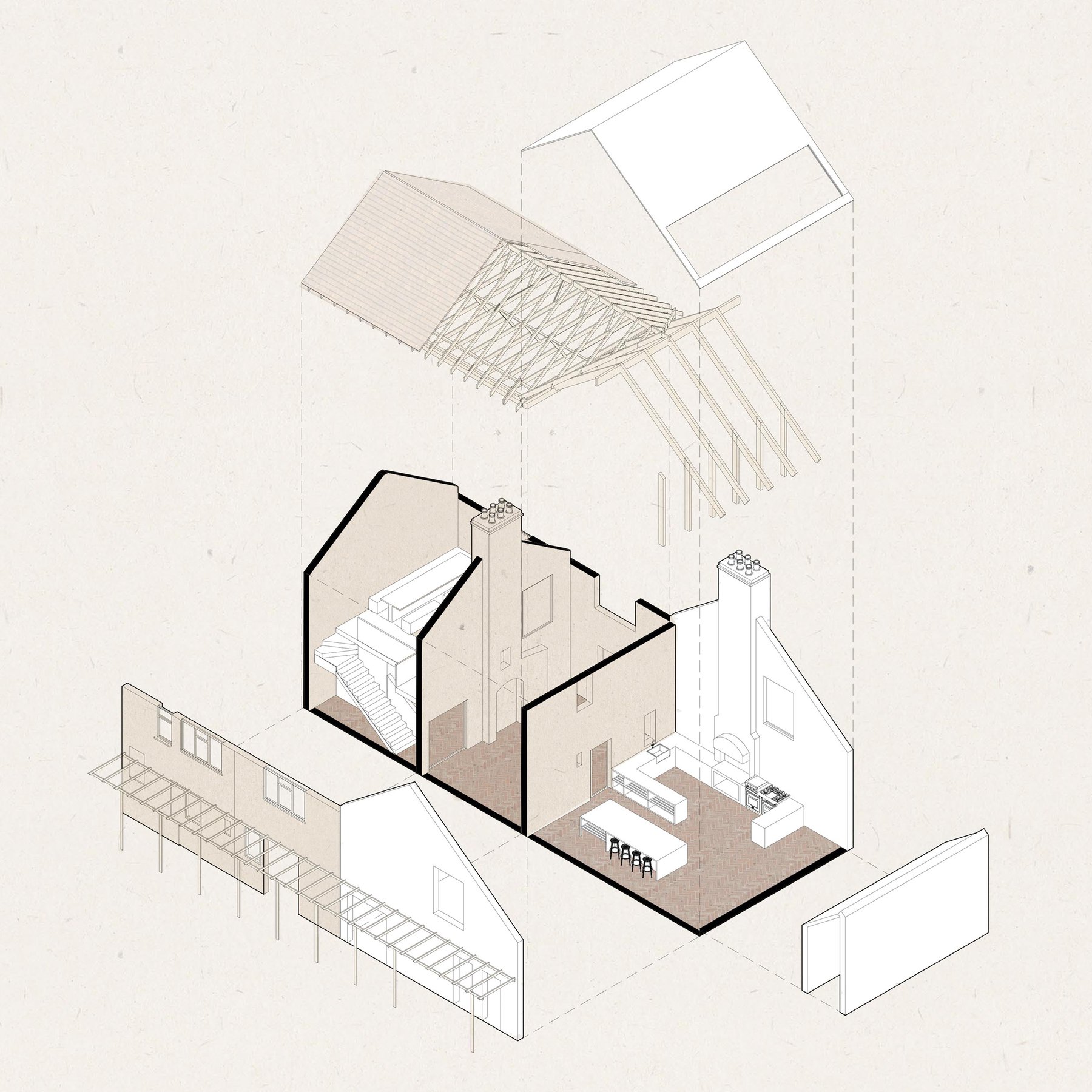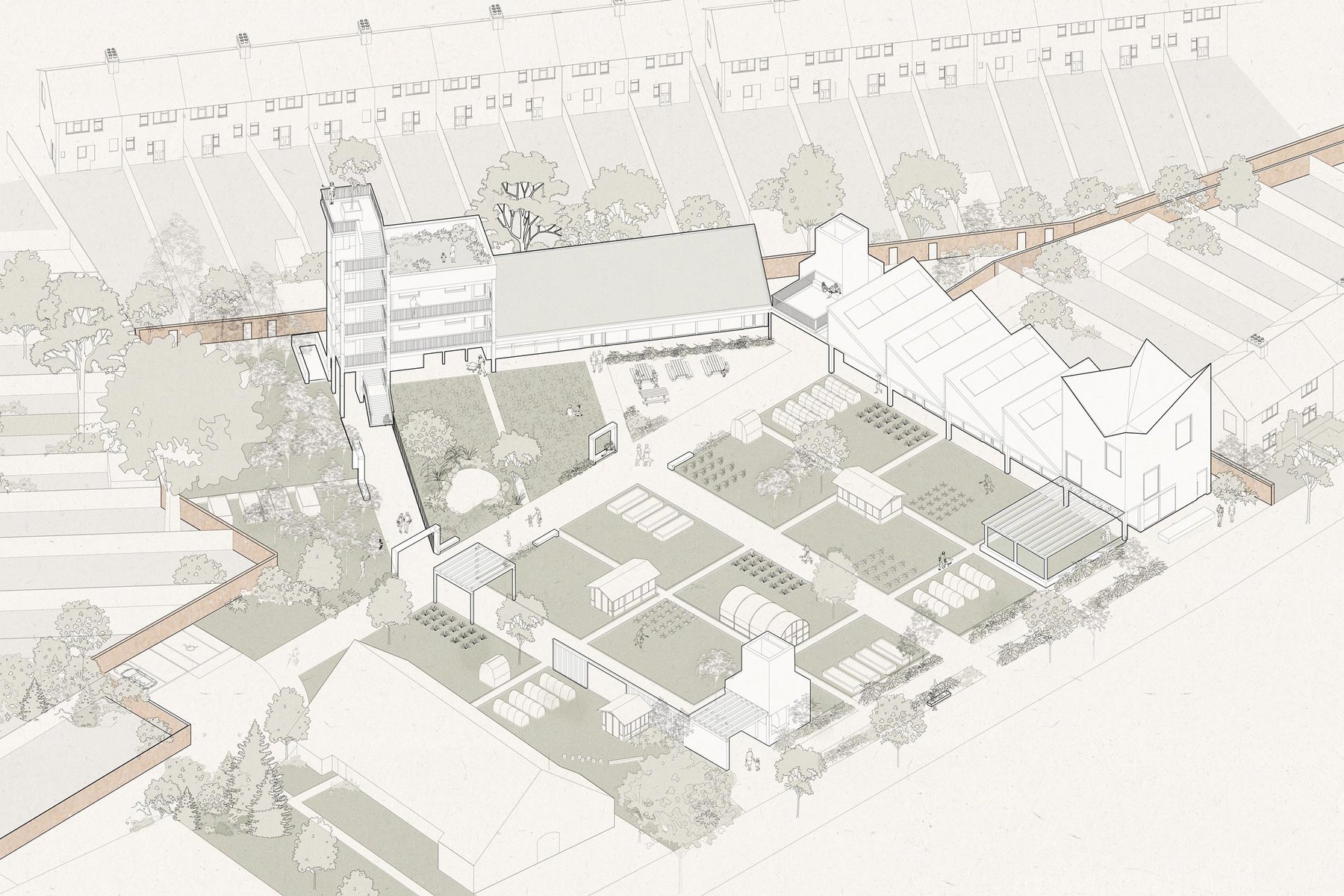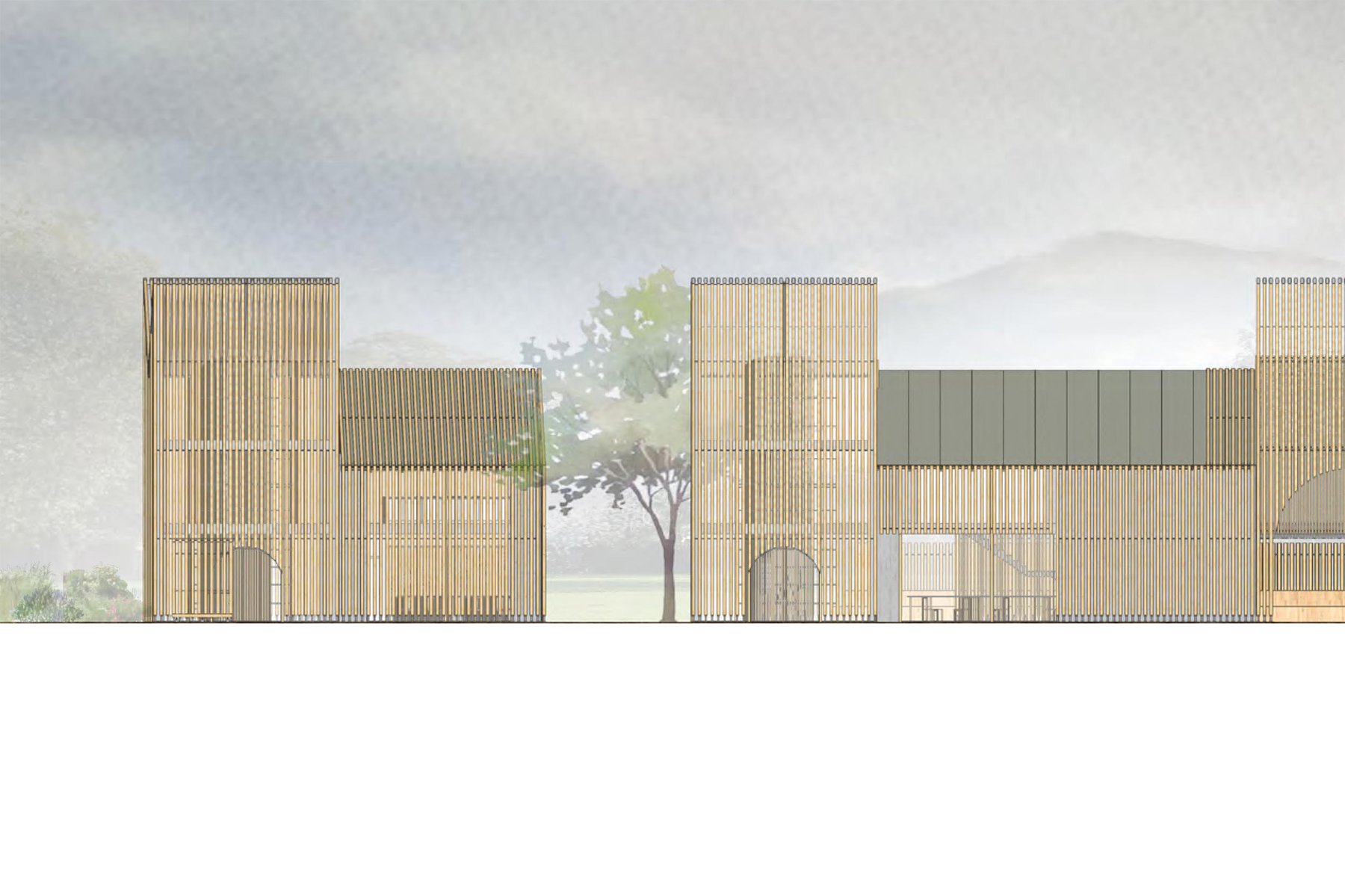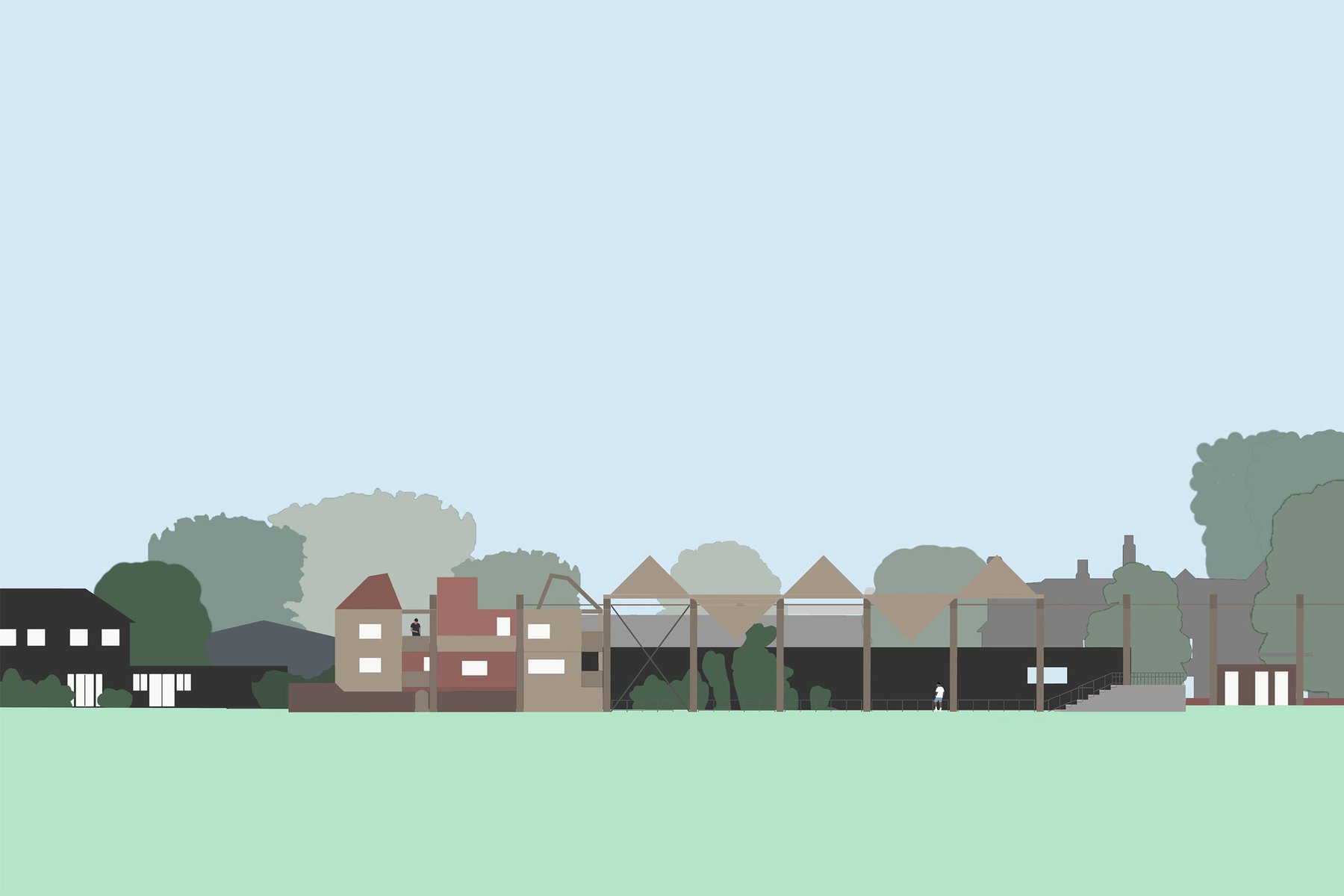Studio 4 – Edgelands
Liveness 2020 (Archive)
Considering notions of settlement and neighbourhood on the Becontree Estate, East London, Studio 4 contemplated the idea of the ‘Garden City’ as a juxtaposition of urbanism and wilderness, as opposed to a city of gardens (suburbia). We are interested in how to augment a sense of the civic in the context of a post-industrial hinterland as the sprawling low density housing estate prepares for its centenary celebration in 2021.
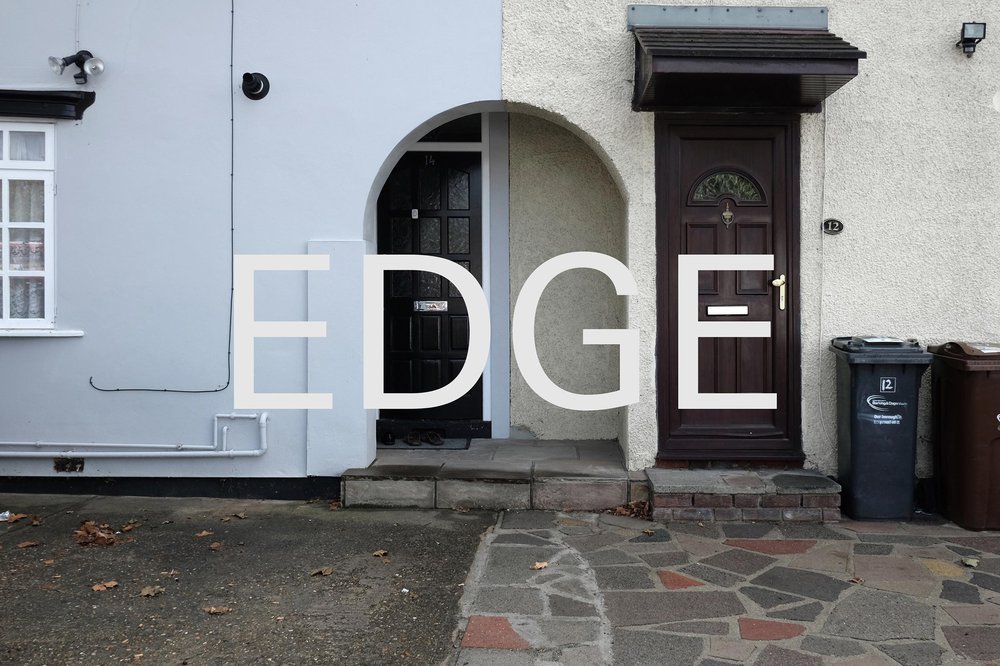
Hierarchy of Thresholds: Porch / Front Garden / Close / Banjo / Crescent / Road / Neighbourhood
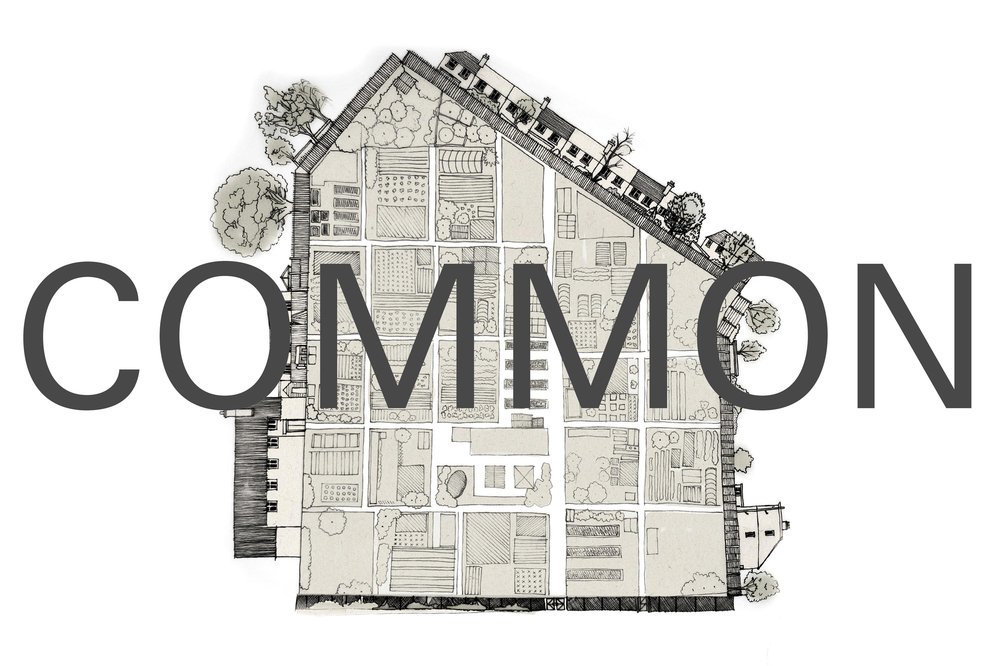
Common
adj belonging equally to more than one; public (...)
n a tract of open land, used by all the inhabitants of a town, parish, etc;
a right to take something from the land of another person (law); common land, kept for the mutual benefit of ordinary people.1
The Becontree Estate, hailed in the tenant’s handbook of 1933 as the largest municipal housing estate in the world, was described by the London County Council as a ‘township more or less complete in itself’. Realised without a defined civic centre, what today constitutes a neighbourhood and provides a sense of place is rooted in local narrative and oral history, a tacit identity informed by lost refreshment houses, absent department stores and long forgotten country lanes.
Tracing patterns of ancient field boundaries we examined how the marshland levels of the former estate of Barking Abbey were redefined by the establishment of Manor Houses, the designation of Common Land and how from 1921 the landscape was repurposed by the sprawl of geometric road patterns lined with ubiquitous workers’ cottages.
Our Common House proposals respond to the context of existing parks, allotments and public gardens and seek to reinvigorate these local landscapes. Sustaining informal gatherings and socio-cultural cohesion on a daily basis they can also be places for assembly to nurture democratic values and local agency. The Common House is a building and landscape with a public presence to support an existing neighbourhood and strengthen its identity.
- Anna Ludwig
- Rufus Willis
- Hawraa Alrihani
- Nyma Begum
- Joanna Ciecinska
- Ousmane Cisse
- Aaliyah Darius
- Anastazja Jankowska
- Anastasija Luciva
- Guled Roble
- Sebastian Swiczerewski
- Amelie Anne
- Helaena Blanch
- Noura Haddad
- Samar Noun
- David Ostle
- Wilson Sanches
